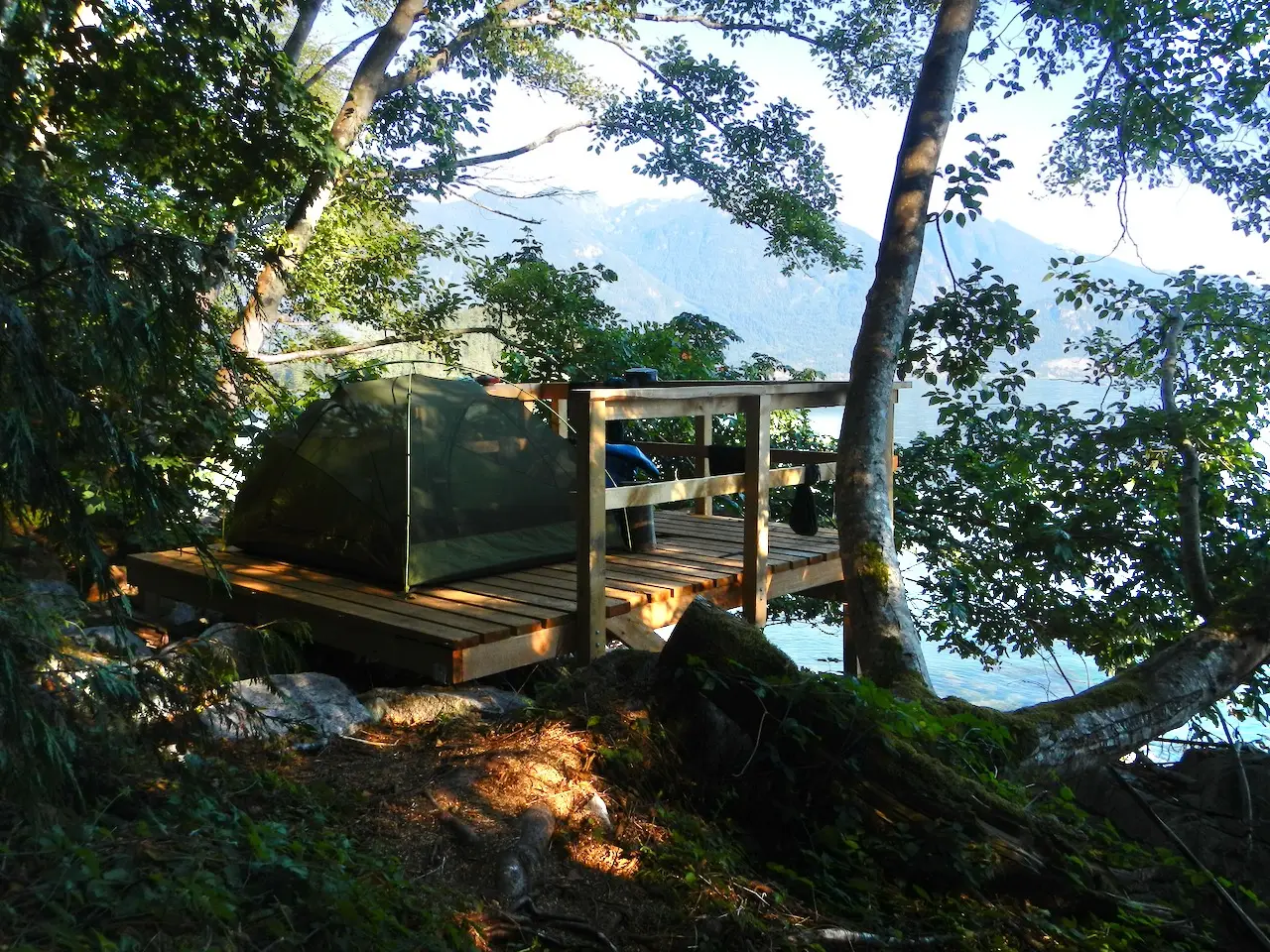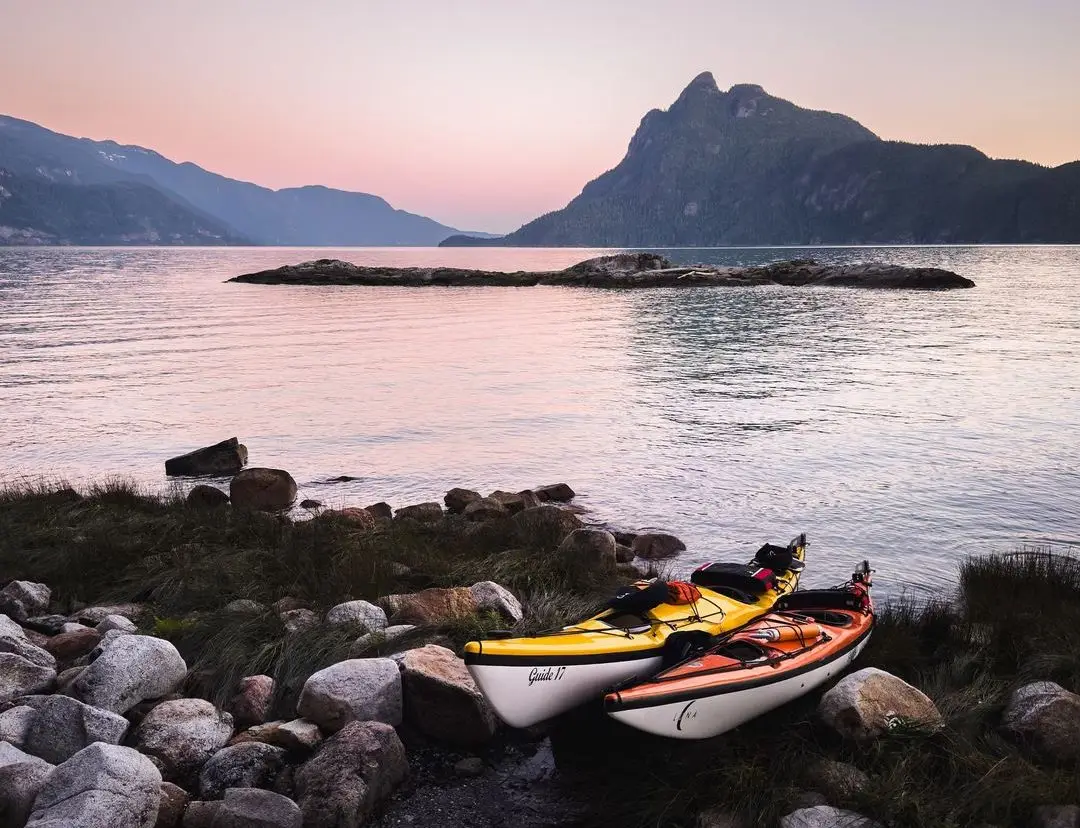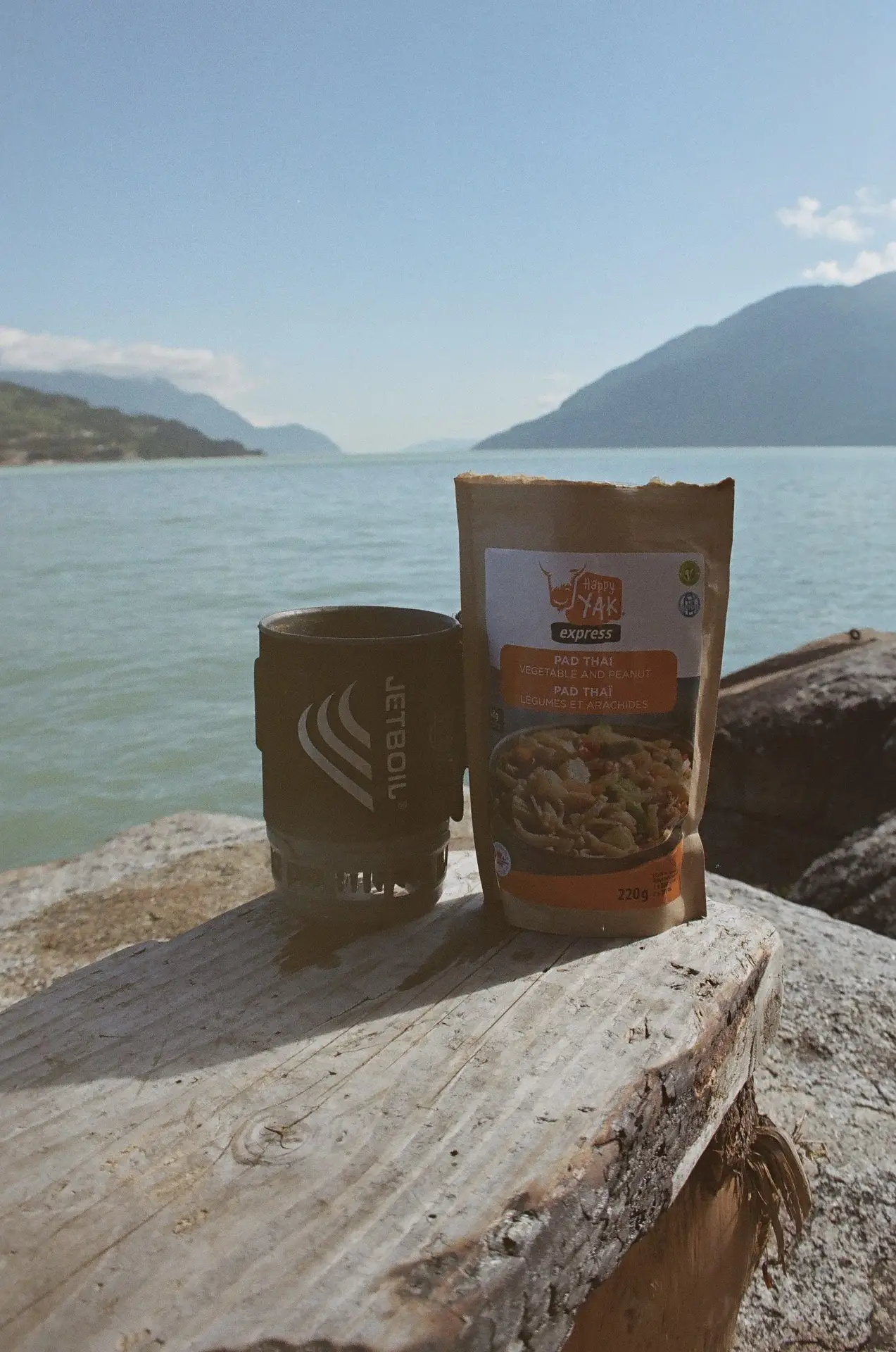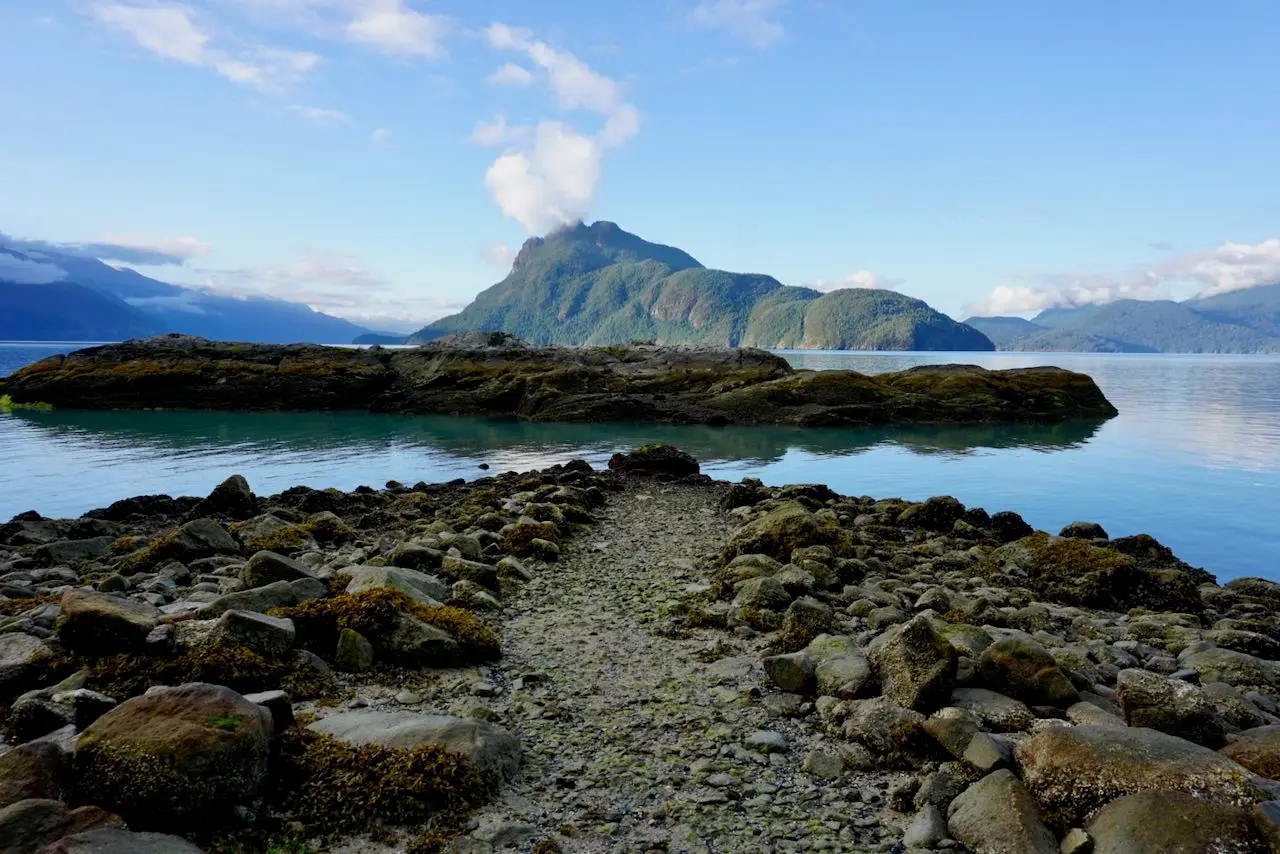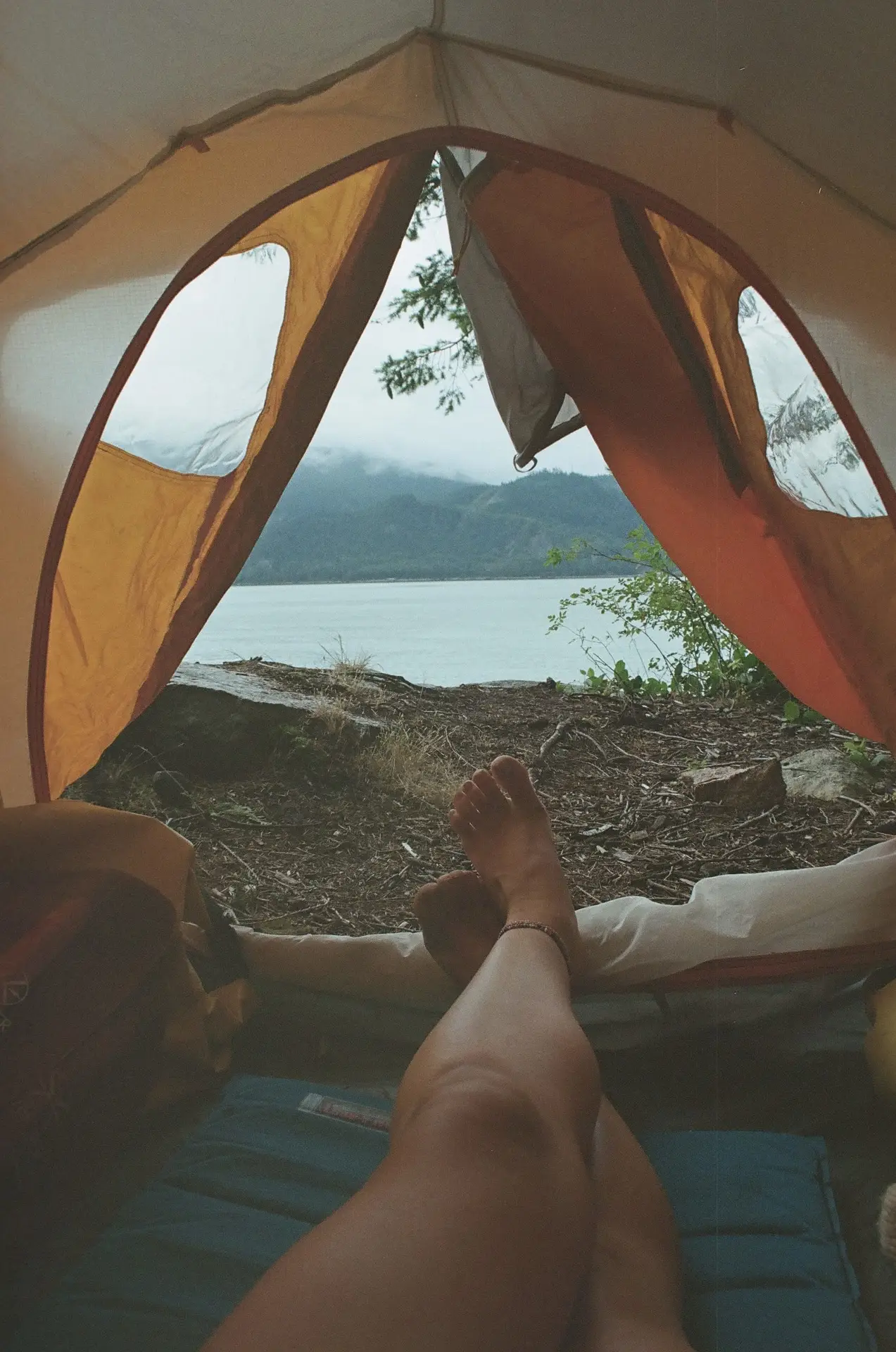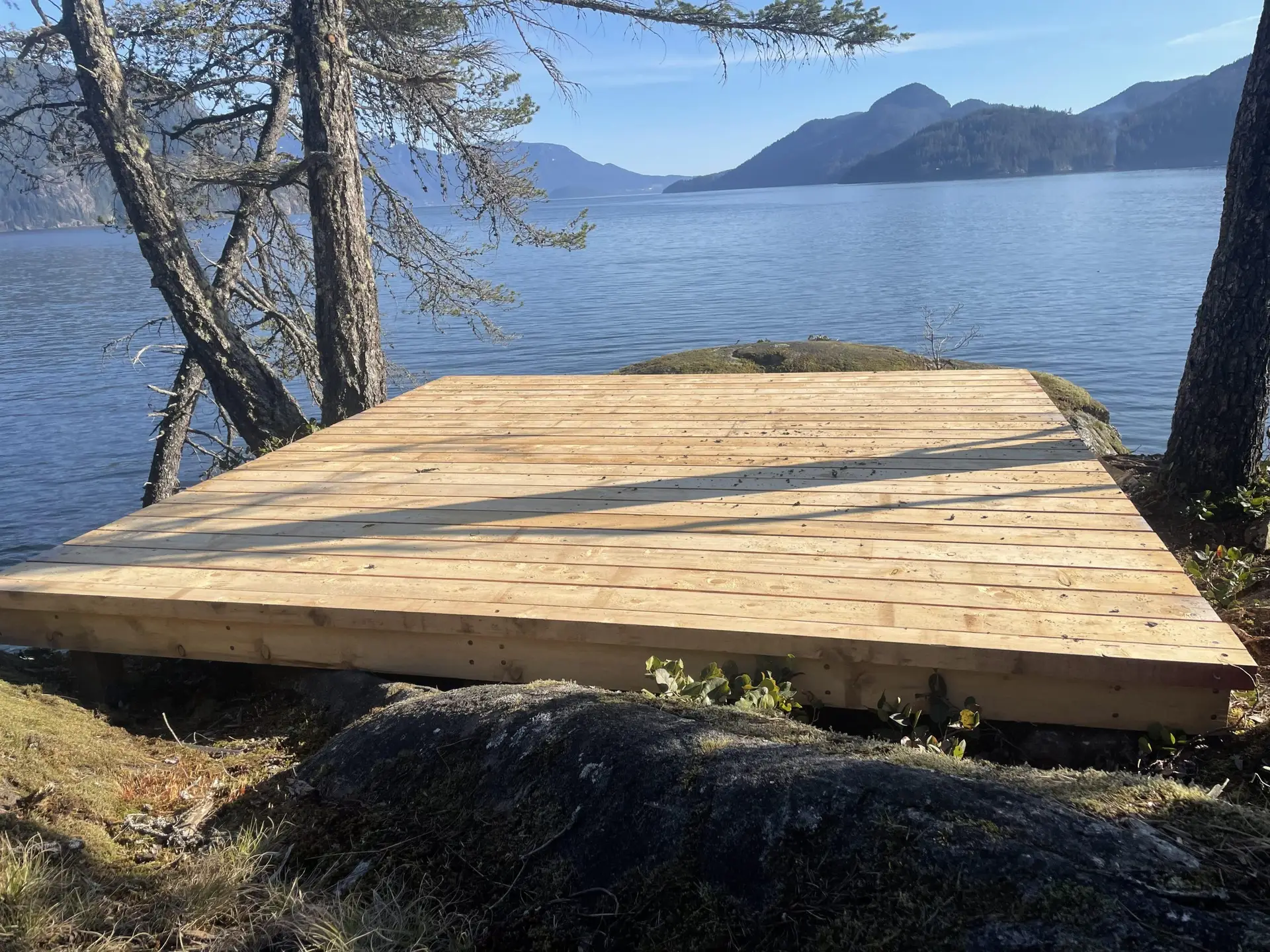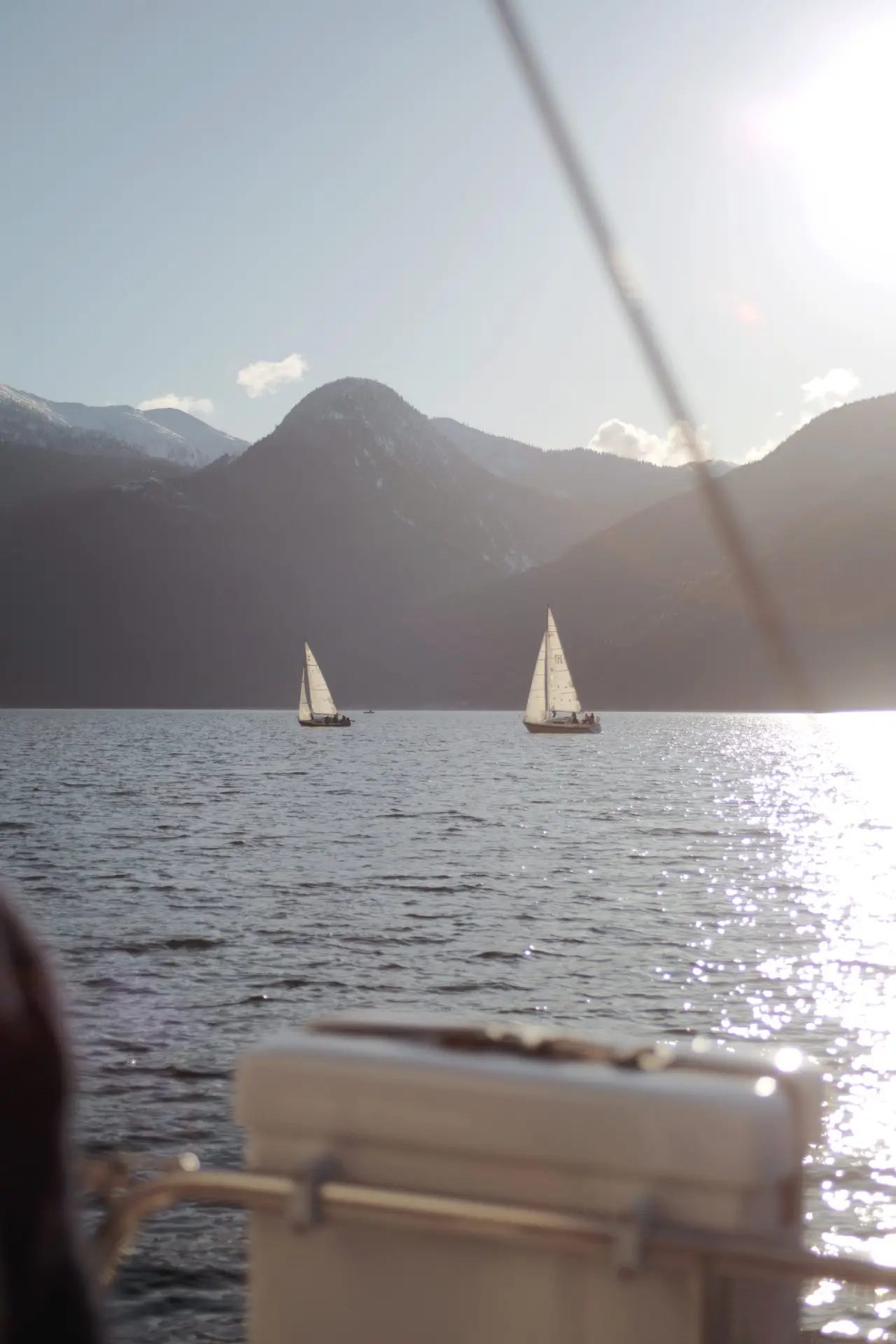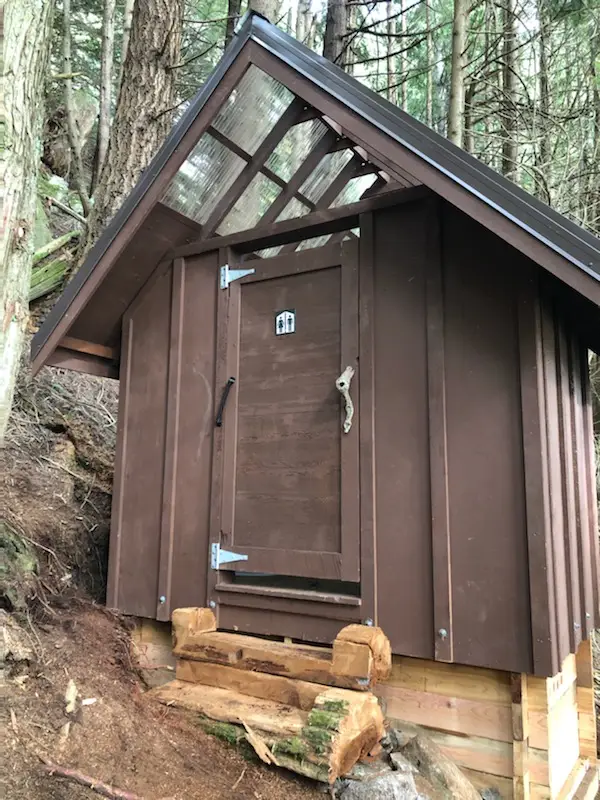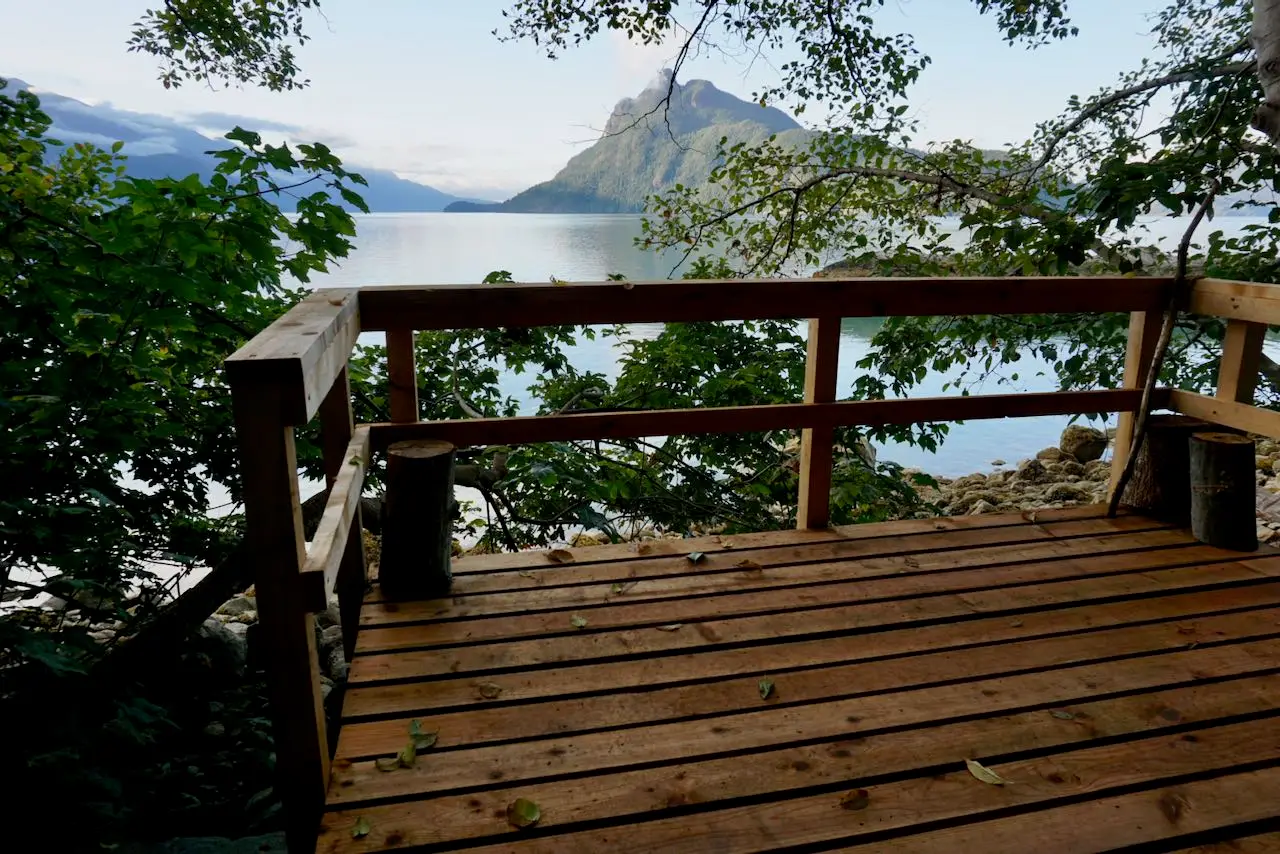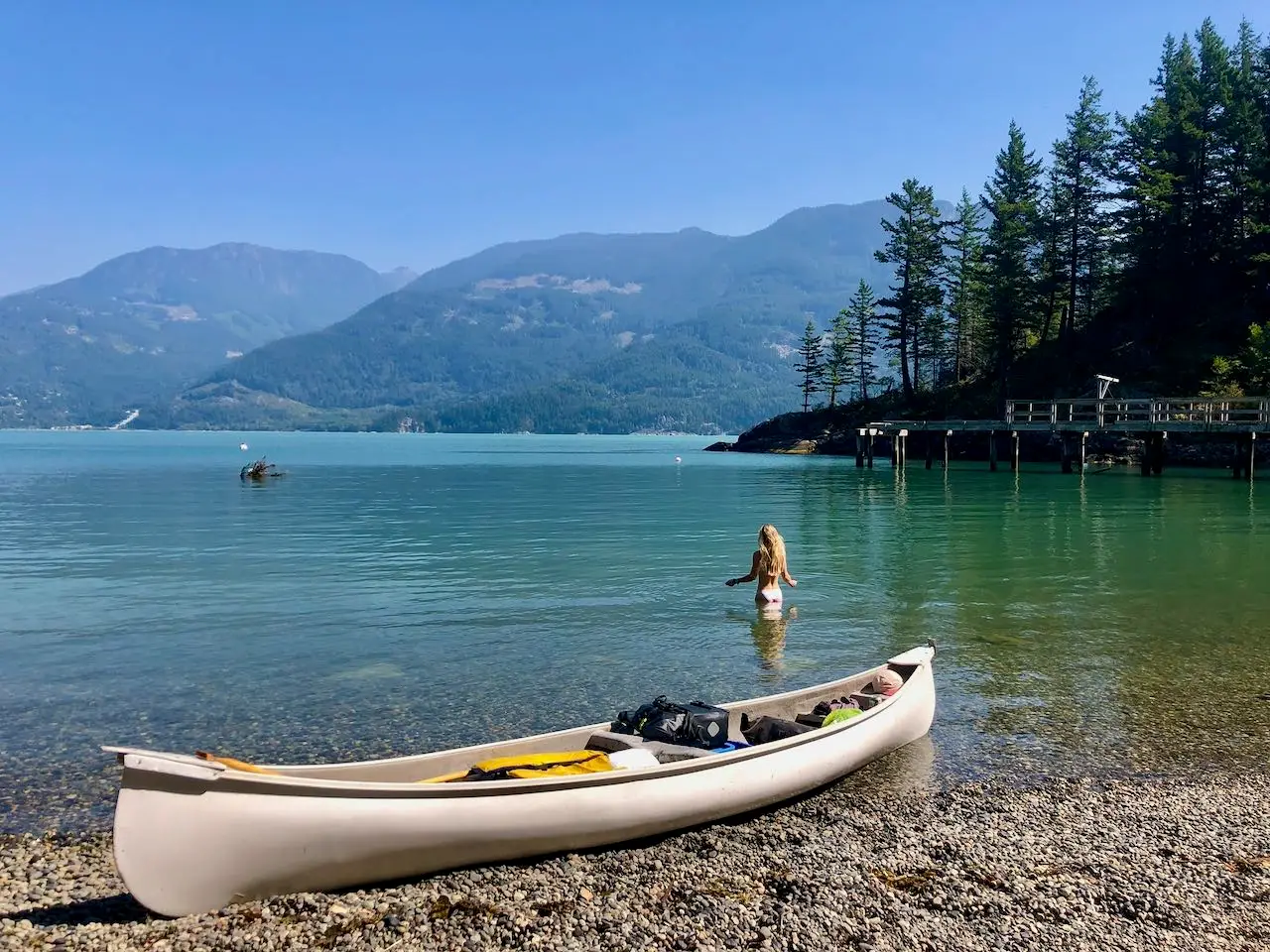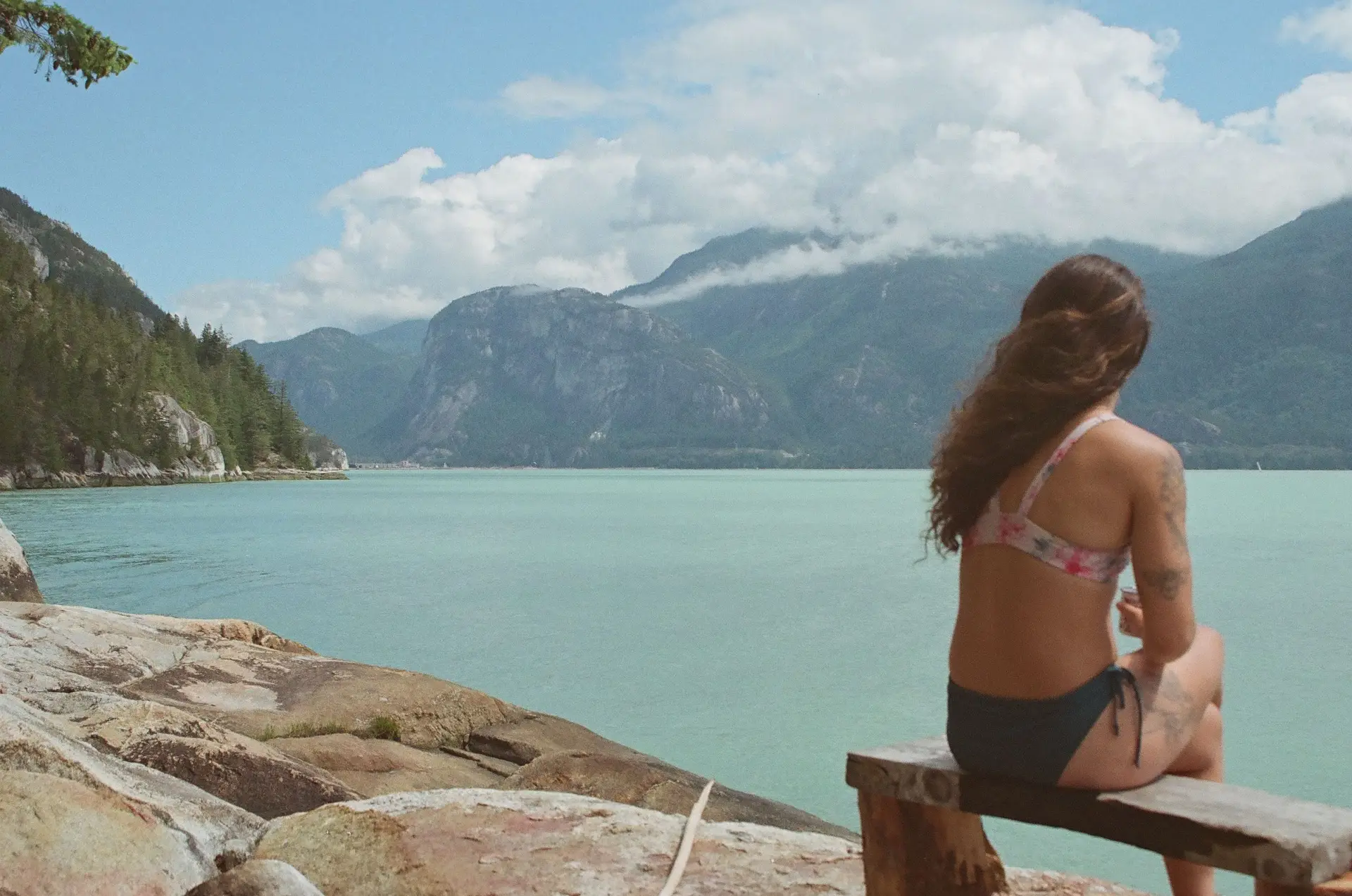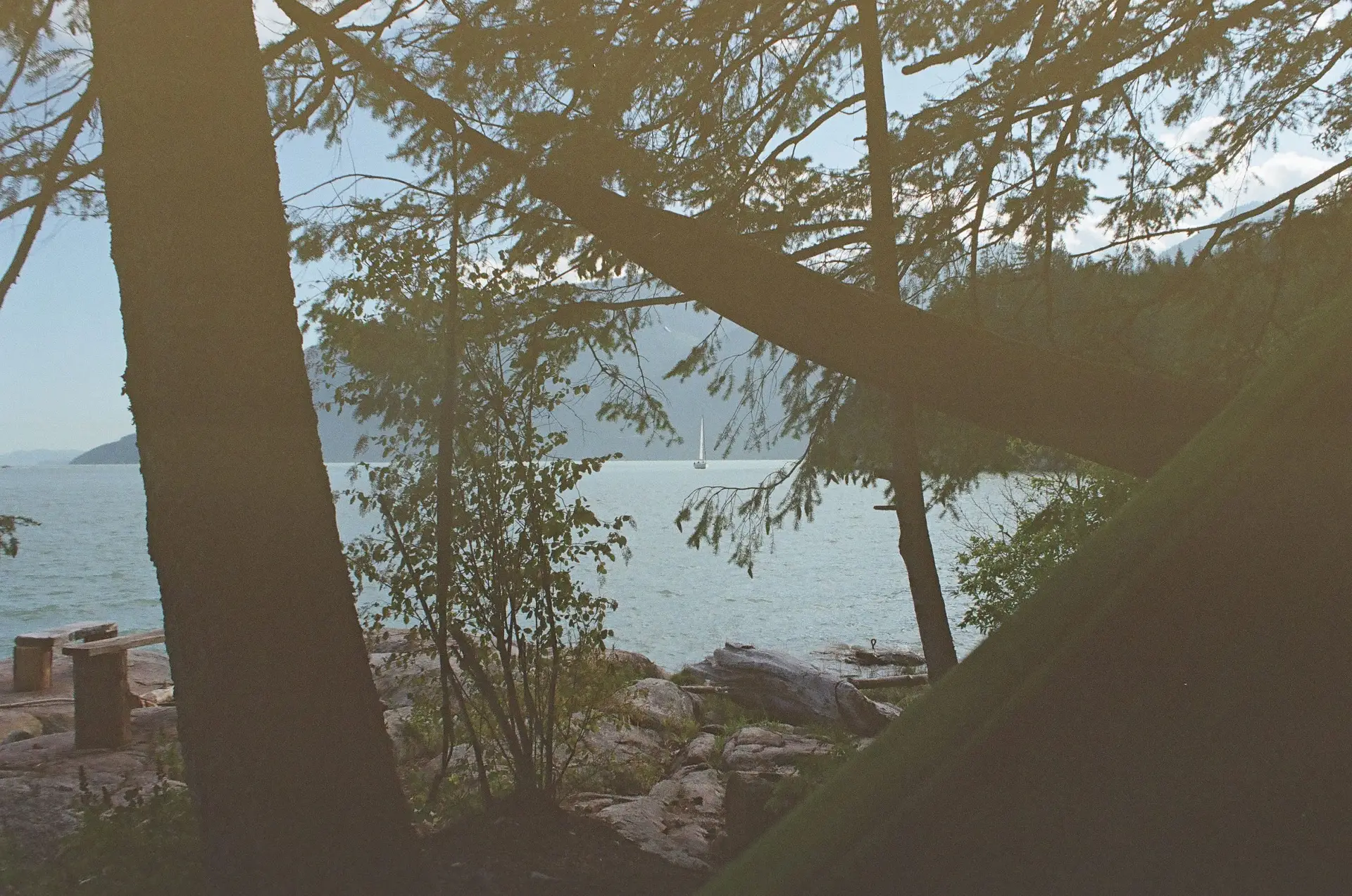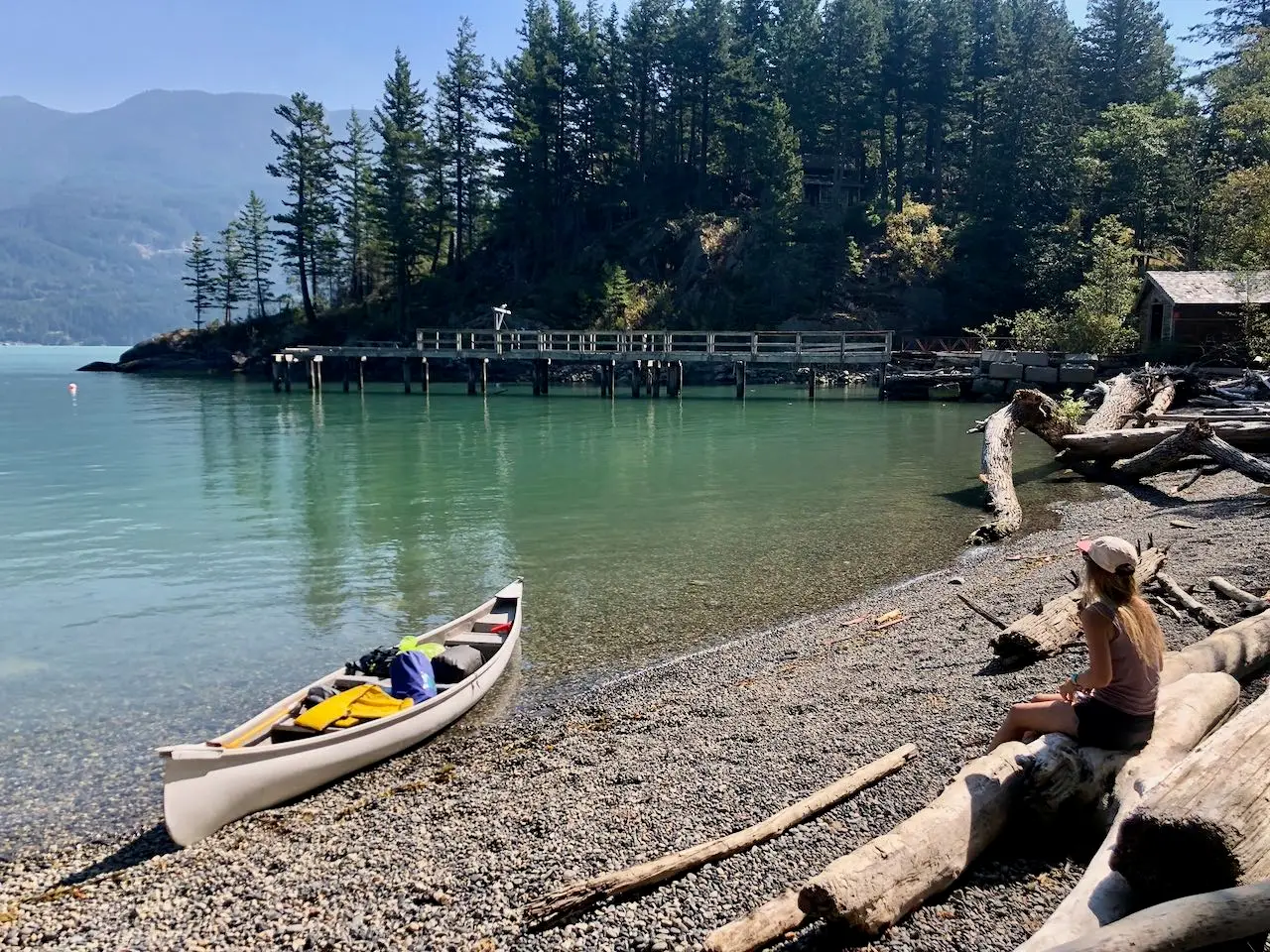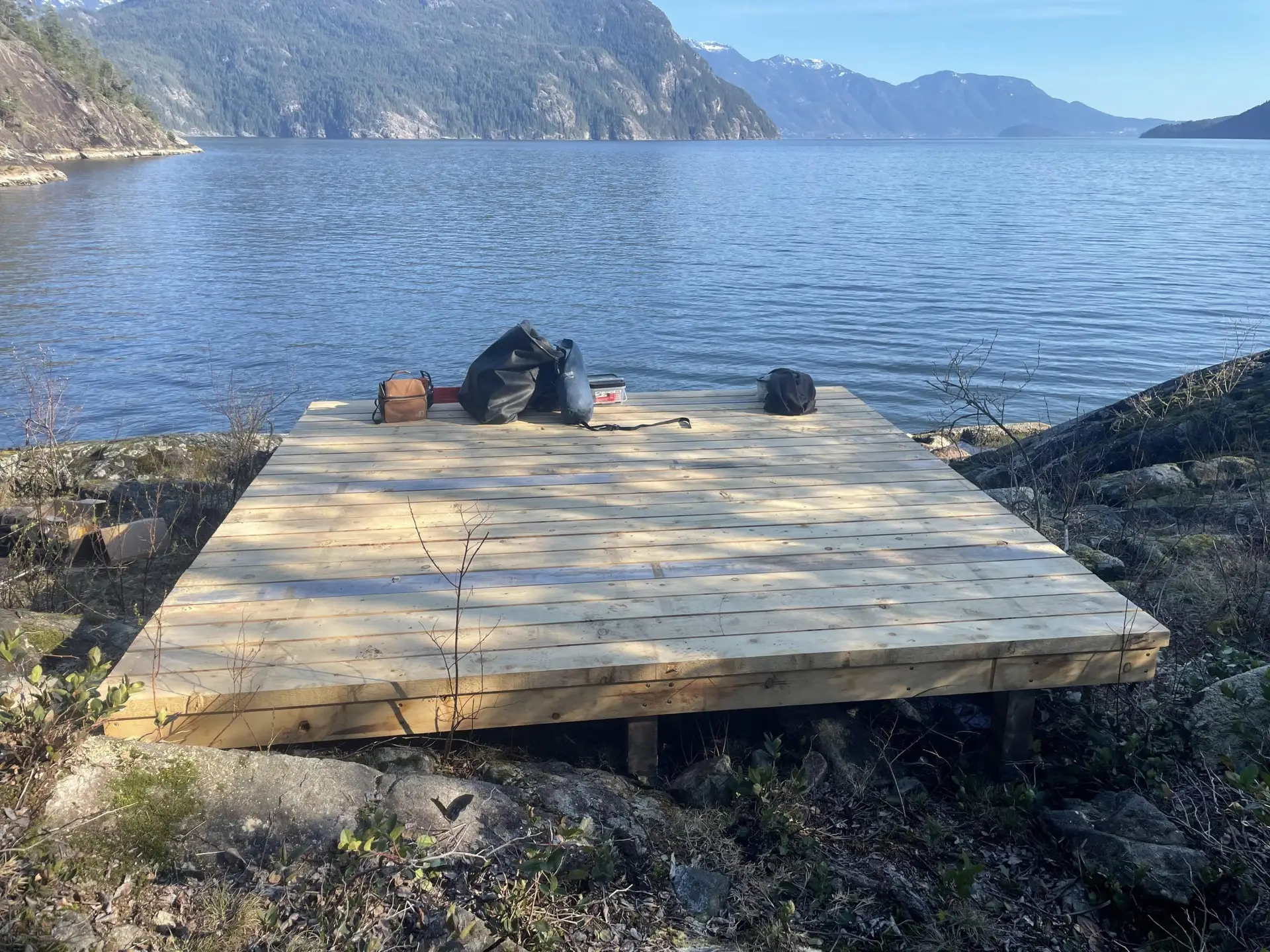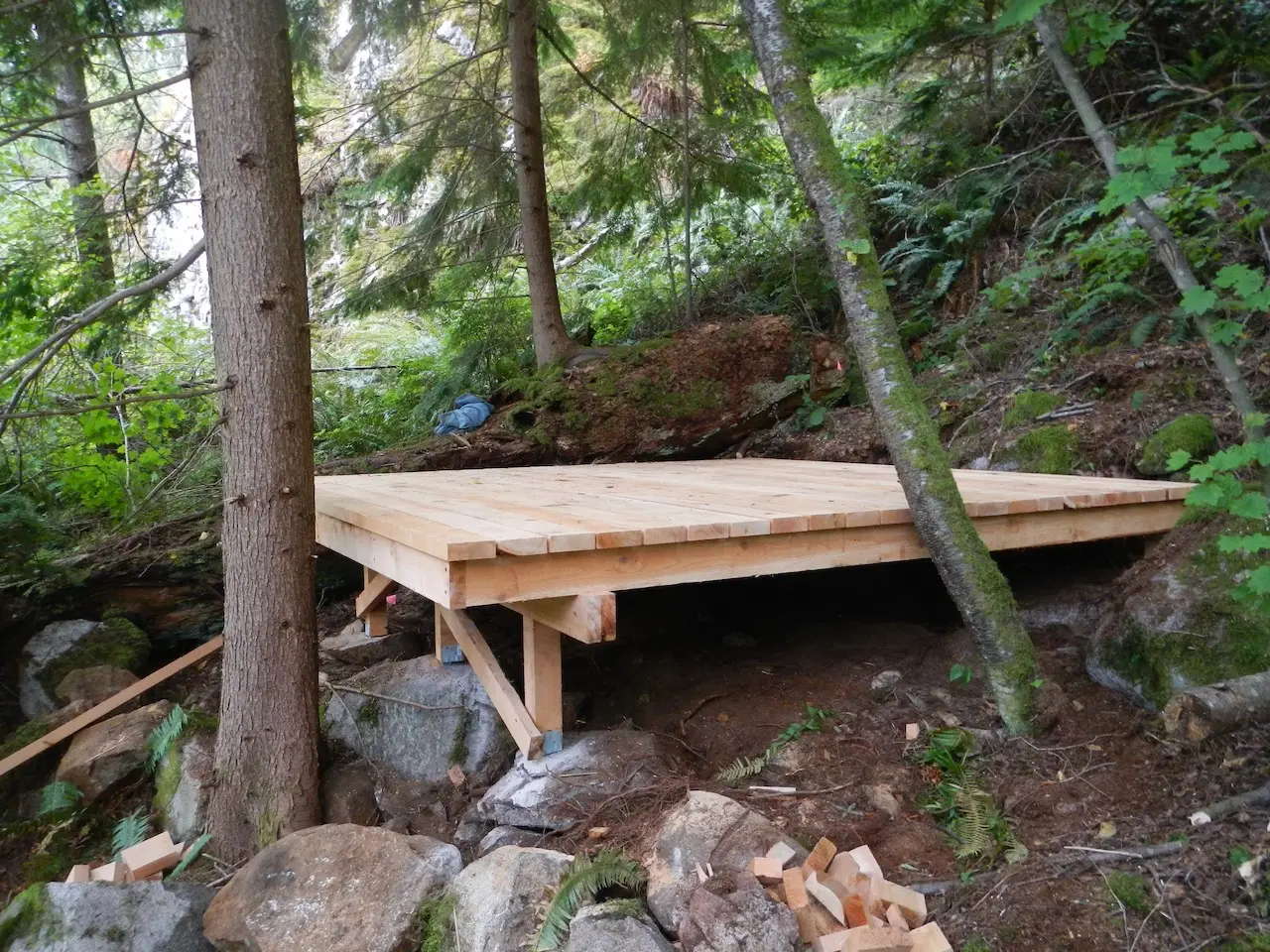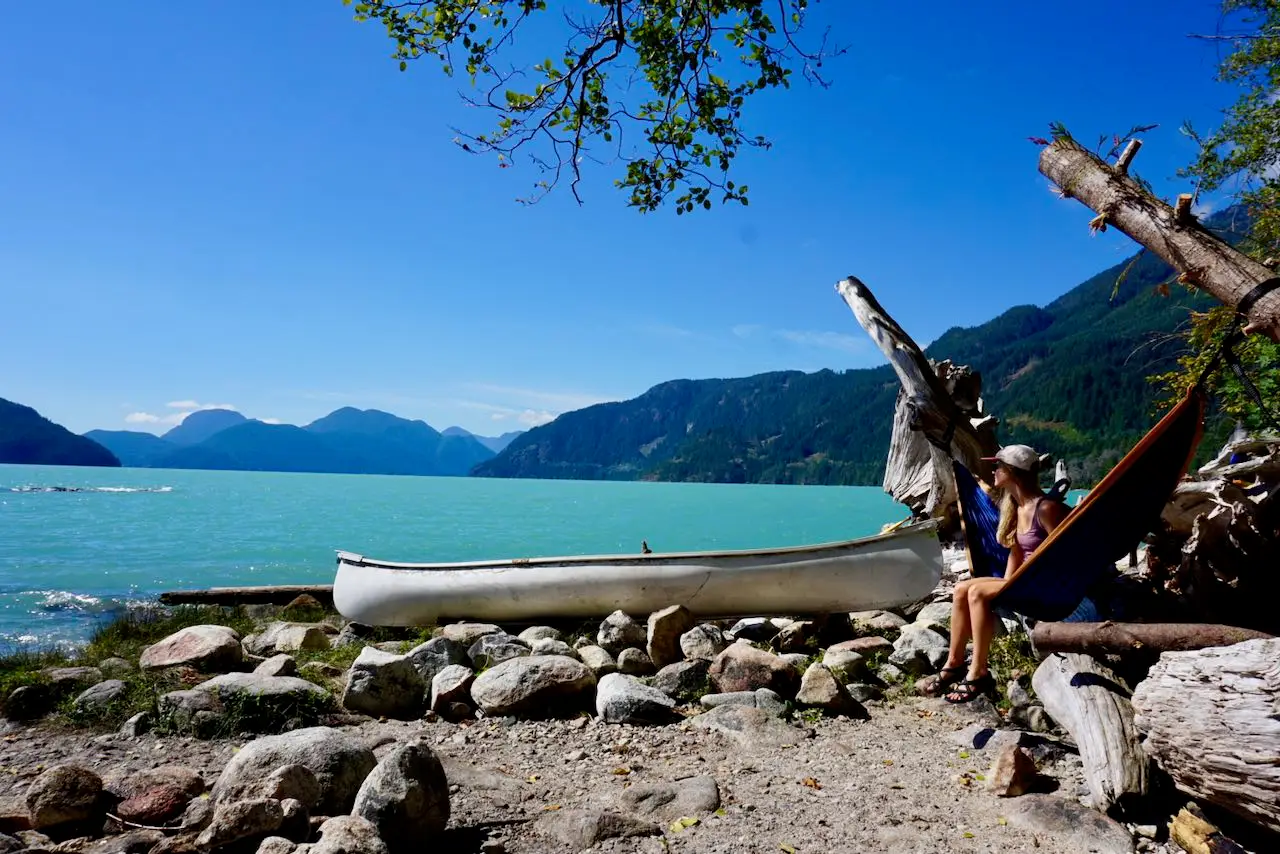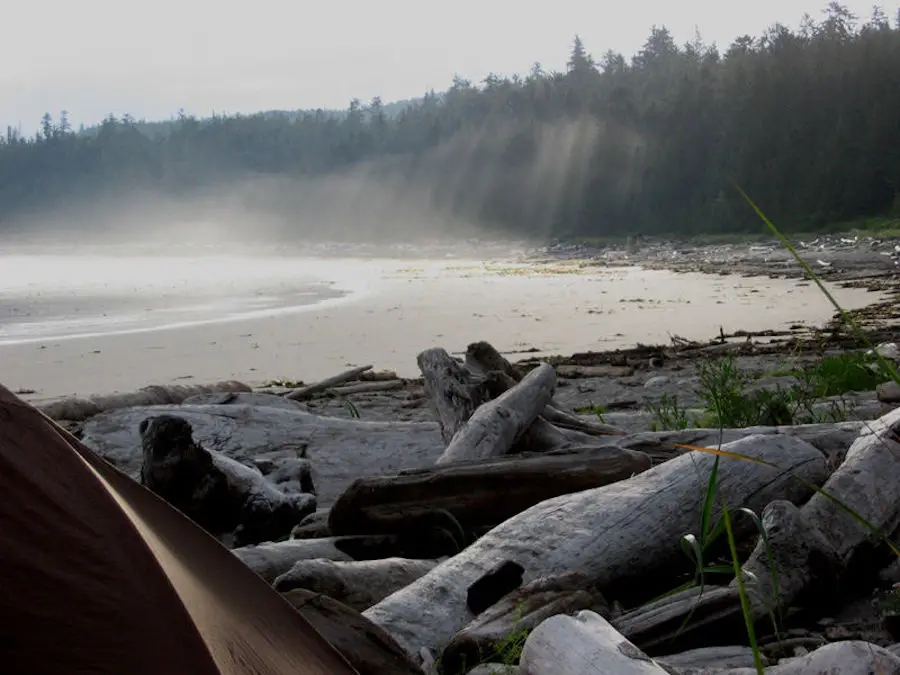Sea to Sky Marine Trail
- 11
- 75 NM
- 2-7 days
- Class 2
- 11
- 75 NM
- 2-7 days
- Class 2
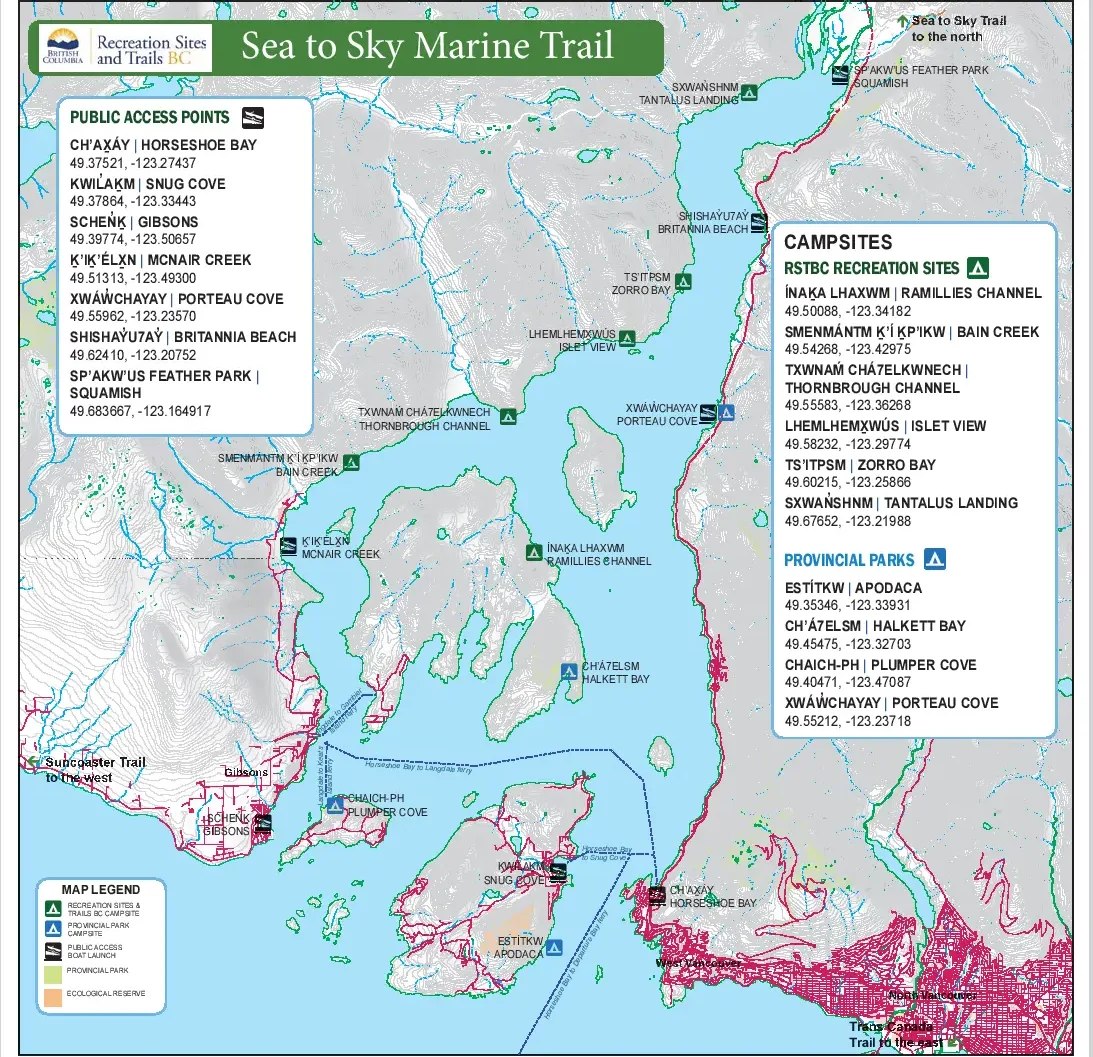
While this marine trail consists of Class 2 waters — sudden strong winds can result in large waves and intense conditions. Knowledge of sea state, weather forecasting, and paddling experience are recommended before considering this route.
As there are an abundance of launch and campsites in the Sea to Sky region, your adventure can be of any length, with endless route options. See ‘The Trail’ tab below, or explore directly on the BCMT map.
The Sea to Sky Marine Trail (STSMT) consists of 11 campsites — a combination of BC Marine Trails sites, Provincial Park sites, Recreation Sites & Trails BC (RSTBC) sites.
Most sites have tent platforms, bear caches, and picnic tables — refer to each site on the BC Marine Trails map for details.
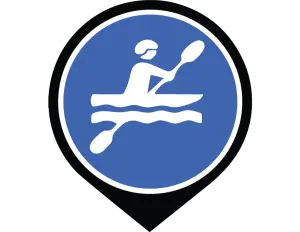
There are many launch sites to access the Sea to Sky Marine Trail, including from Horseshoe Bay (West Vancouver), Gibsons (Sunshine Coast), Bowen Island, along the Sea to Sky highway, and in Squamish.
Refer to the BC Marine Trails map for exact launch site details.
Once your route is chosen — whether a loop, or out and back — choose the launch site that works best for your trip!
The Sea to Sky Marine Trail is made up of ten campsites and one day-use site in Howe Sound, a large inlet off the Salish Sea, and the southernmost fjord on the west coast. Howe Sound is a spectacular waterway, right next to the largest city in BC, but it’s no place for a novice paddler. Reaching the campsites often requires four- or six-kilometer crossings, with the main hazard being wind. The mouth of the Sound typically shares the same conditions as the Strait of Georgia but, as you go north on sunny days in the spring, summer and fall, the southerly inflow winds start to come up later in the morning, and get stronger as the Sound narrows the farther north you go, reaching their peak in the gap between the valley walls at the Squamish waterfront. If you don’t like strong winds, plan your paddling in the morning or when the wind dies in the evening.
The Sound is often calm in the winter, but in outflow conditions the northerly winds can be terrifying. Unlike the southerly inflows, the northerly outflows can blow all day and night — make sure to check the forecast before heading out.
The other major hazard in in Howe Sound is the mouth of the Squamish River. The combination of a strong streamflow with a flooding tide and a southerly wind can result in dangerous conditions.
The trail’s nine campsites and two day-use sites consist of: four Provincial Parks and a Regional Park in the southern half of Howe Sound, and six Provincial Recreation Sites (site stewards: Sea Kayak Association of BC) on Gambier Island and the west side of the Sound. They are listed here from south to north:
- Estítkw – Apodaca Provincial Park
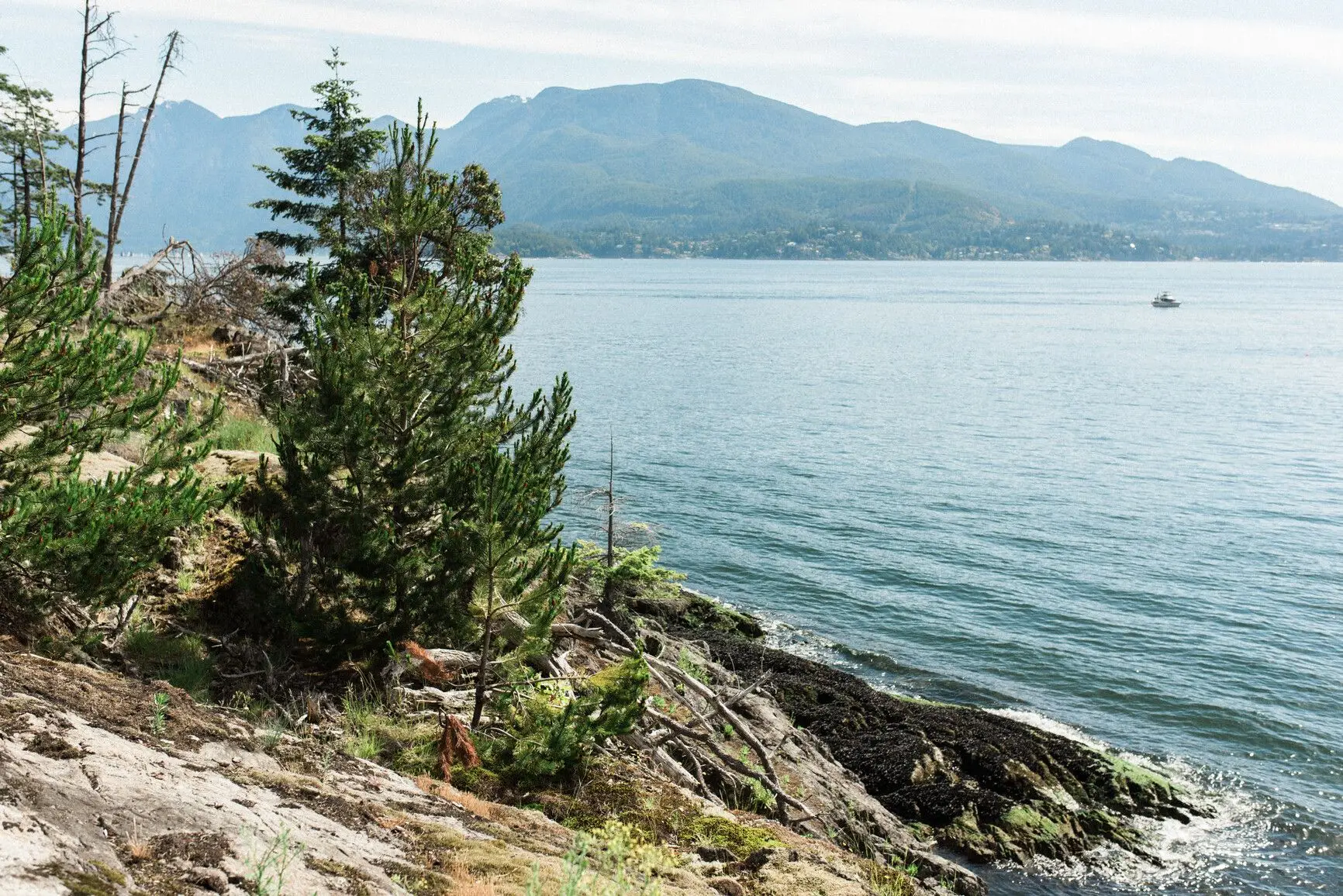
This is a lovely little Provincial Park on the southeast coast of Bowen Island. A medium gradient gravel beach provides protected landing in north winds, but is open to the south. Ferries pass close by, so be sure to store your paddle craft high above any potential ferry wakes. A seasonal creek at the top of the beach may provide water, although it will run dry in a drought. A trail leads up the hill to forested upland and scenic cliffs. This is one of the few known sites where blue camas grows in the Lower Mainland region. Absolutely no campfires permitted.
The marine-access campground has four tent pads, a food cache, a kayak/canoe rack, and one pit toilet. It is located in the forest near the bluffs 50 metres away from the beach. A short trail connects the beach to the campground. The park is water access only.
- Chaich-ph – Plumper Cove Provincial Marine Park
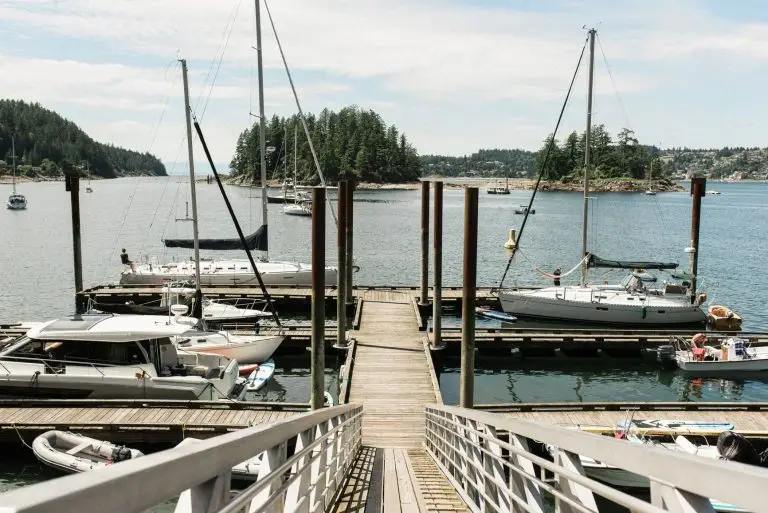
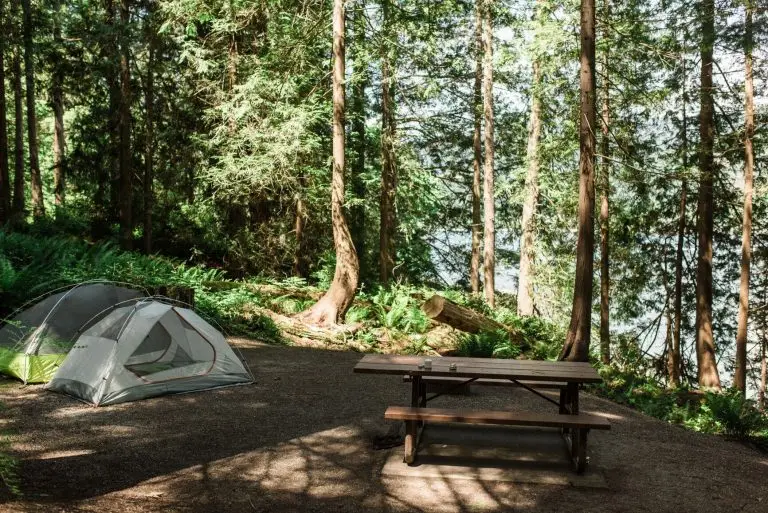
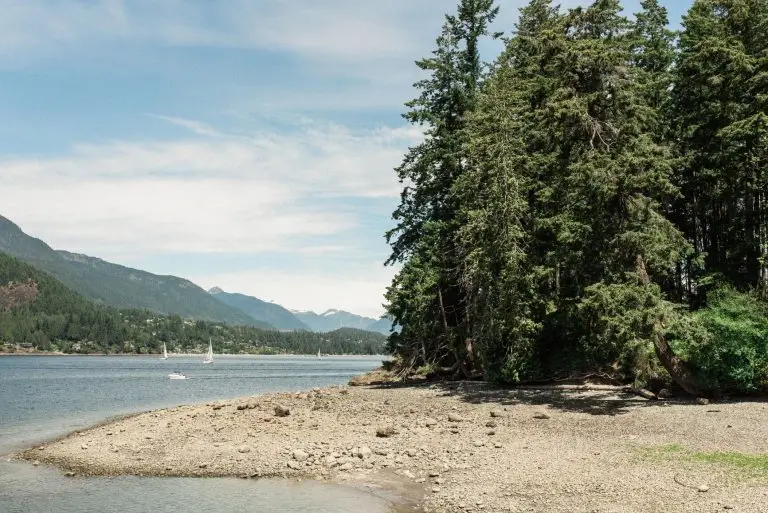
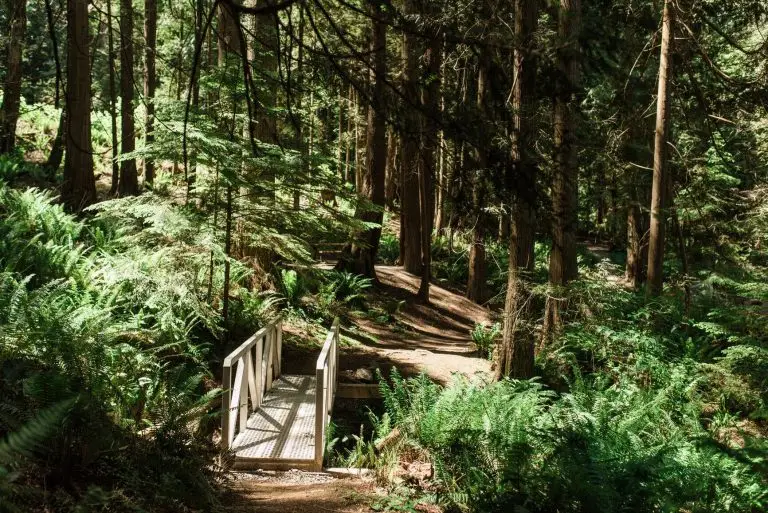
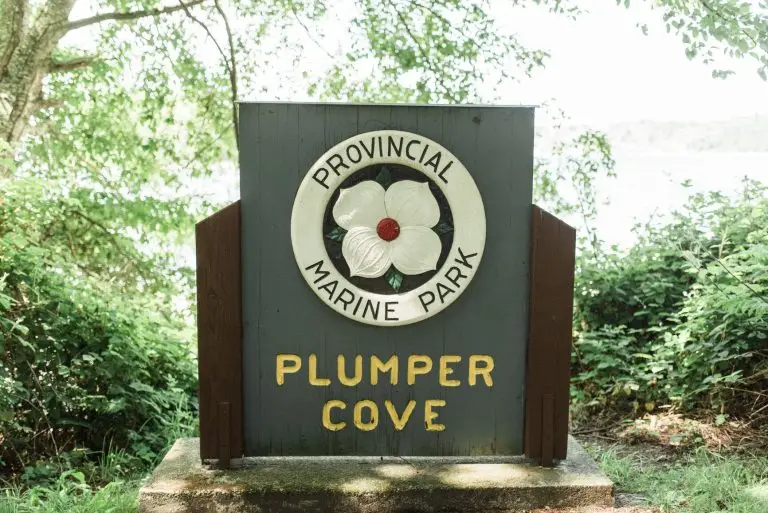
On Keats Island, just across from the village of Gibsons, Plumper Cove serves the yachting crowd with a pier and six floating docks. Above the pier is an open meadow with picnic tables. North of the meadow, twenty tent sites are scattered in the open forest, along with two pit toilets. Six of the sites are larger, with two tables, and the rest are smaller, with one table. There are two paddle-craft-friendly beaches. The northern beach has space for paddle craft above the beach and proximity to the campsites. There is a campsite attendant and a $16 per night (2023) camping fee. There is also a reservable group campsite. Plumper Cove is a strategic jumping-off point for anyone attempting the long stretch to Thormanby Island on the Salish Sea Marine Trail.
- Ch’á7elsem – Halkett Bay Provincial Marine Park
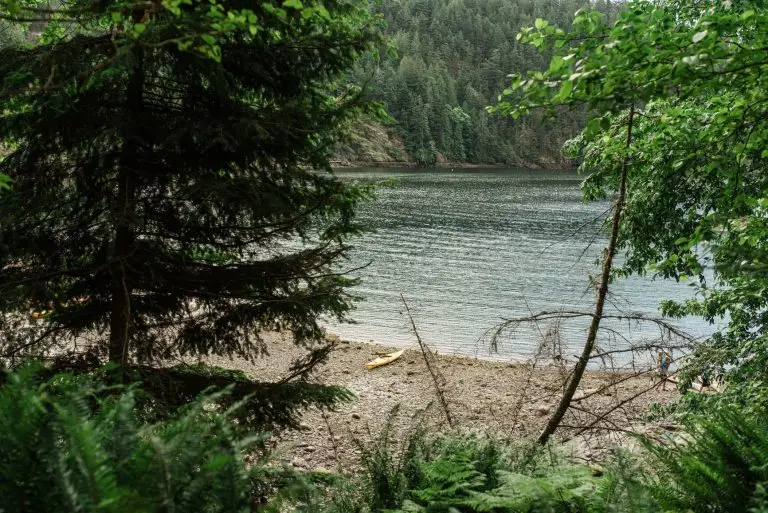
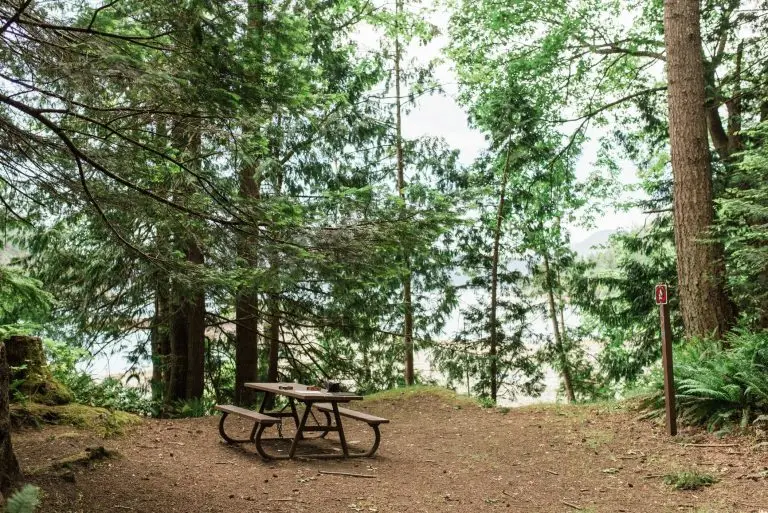
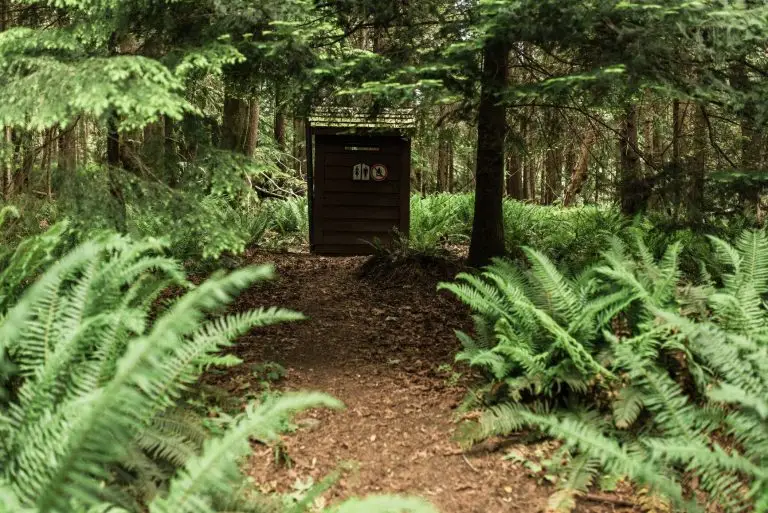
Halkett Bay is a small bay at the southeast corner of Gambier Island, with the park at the head of the bay. There are three developed tent sites with tables in semi-open meadow plus several unsanctioned overflow sites, an aluminum food cache and a pit toilet. Water may be available at a seasonal creek. A $5.00 per person per night camping fee applies year-round. There is a fee collection station adjacent to the park information kiosk (bring cash) or you can pre-pay over the Internet via BC Park’s Backcountry Registration system. There is a dinghy dock for anchoring yachts, but it’s not adjacent to the campsites. A better option, if you are camping via paddle craft, is to land on the beach east of a rocky islet 200 metres before the head of the bay. No campfires permitted.
- Sir Thomas Lipton Regional Park (Sunshine Coast Regional Park)
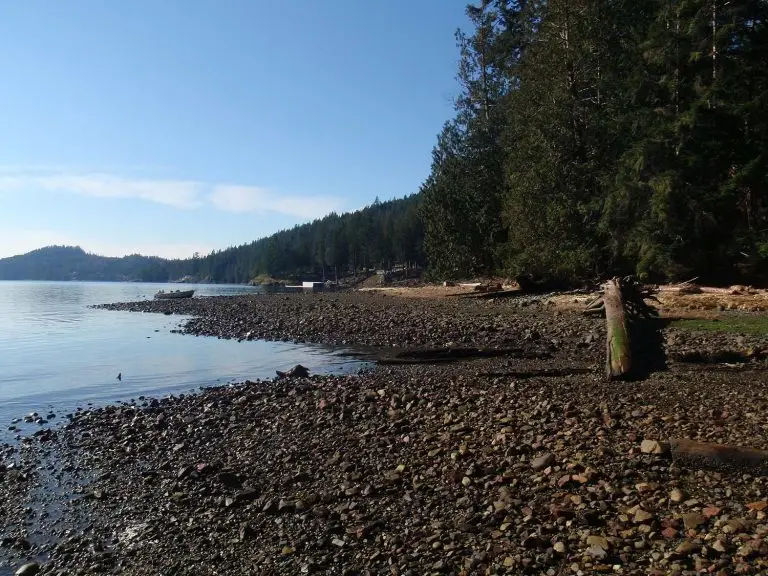
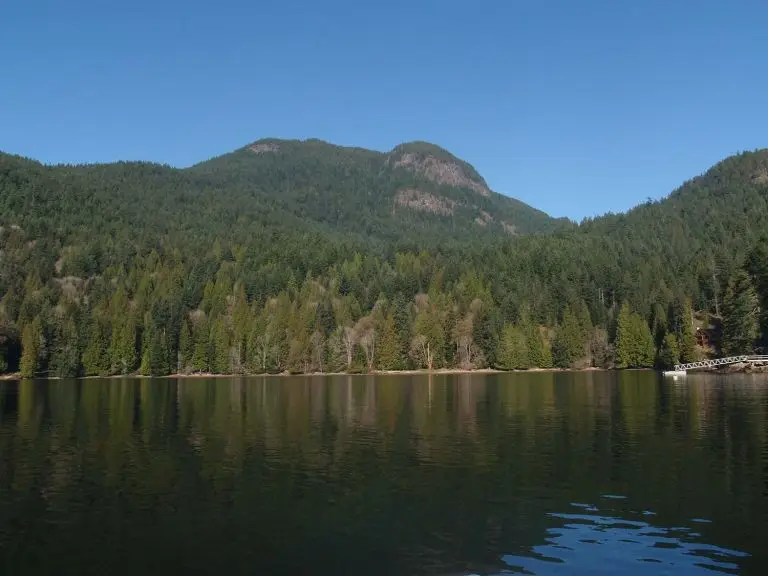
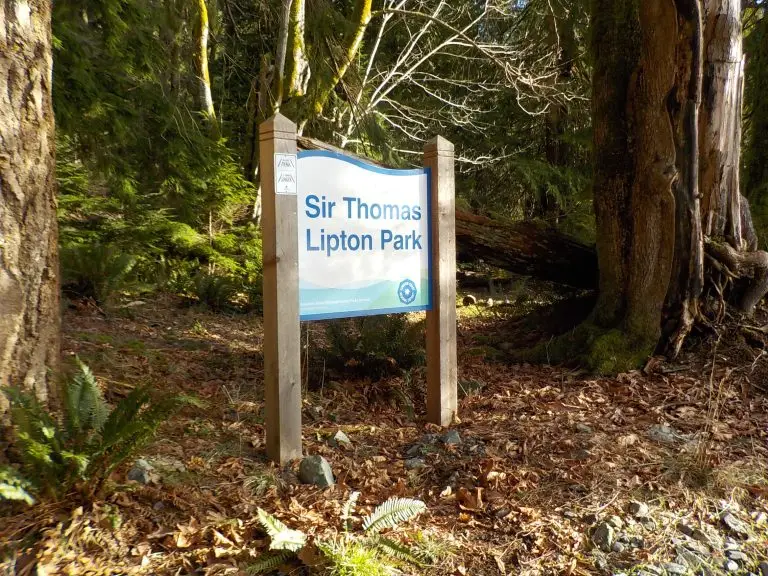
This sheltered low-gradient beach with an historic shipwreck (the Sir Thomas Lipton, a four-masted lumber carrier schooner, the park namesake) at the top of West Bay on Gambier Island can provide a welcome break. There is attractive open forest above the beach, with a pit toilet adjacent to a gravel road leading to the government pier at New Brighton. Water is available at a year-round creek. No campfires permitted.
- ínaḵa Lhaxwm – Ramillies Channel Provincial Recreation Site
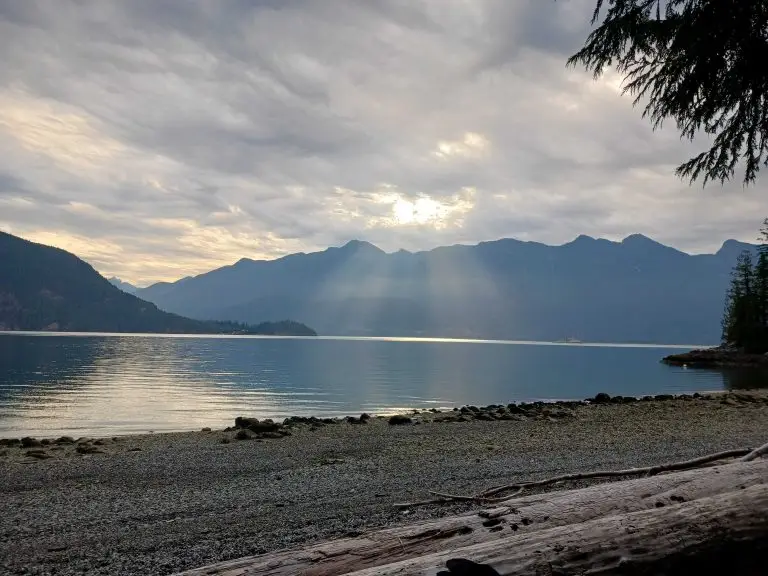
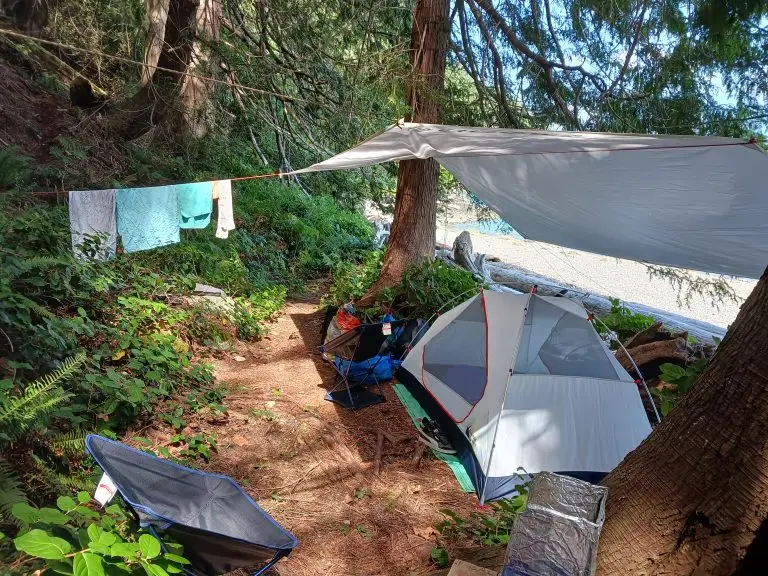
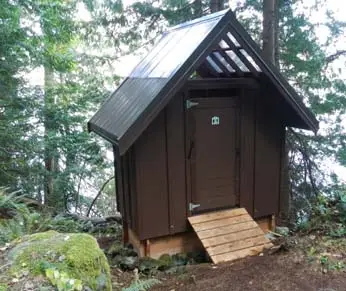
Located on the east side of Gambier Island, Ramillies Channel is an eleven-kilometer paddle from Porteau Cove. It is an east-facing site with a nice pebble beach good for camping at neap tides. There is a level grass terrace with three or four tent sites, three tent sites in the forest above the beach or off the trail, two aluminum bear-proof food caches, a picnic table and a composting toilet. A cabin was under construction at the south end of the beach in 2024, so please respect private property.
- Smenmántm Ḵ’í ḵp’ikw – Bain Creek Provincial Recreation Site
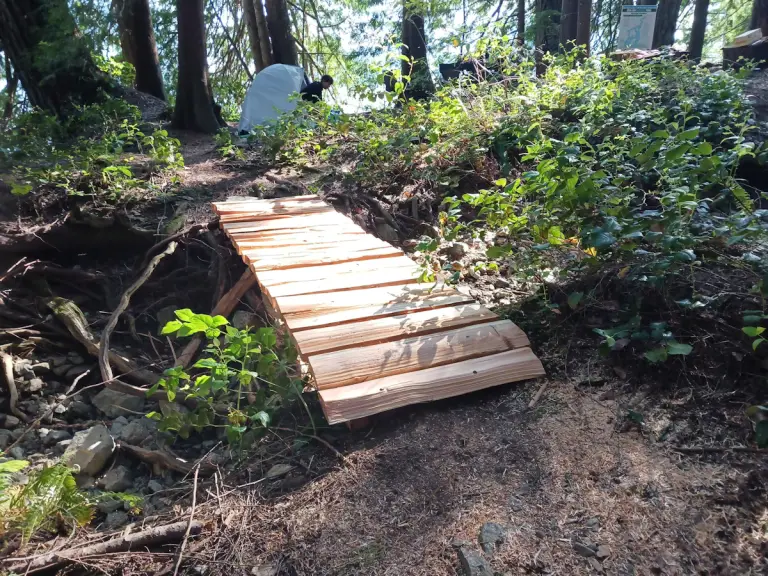
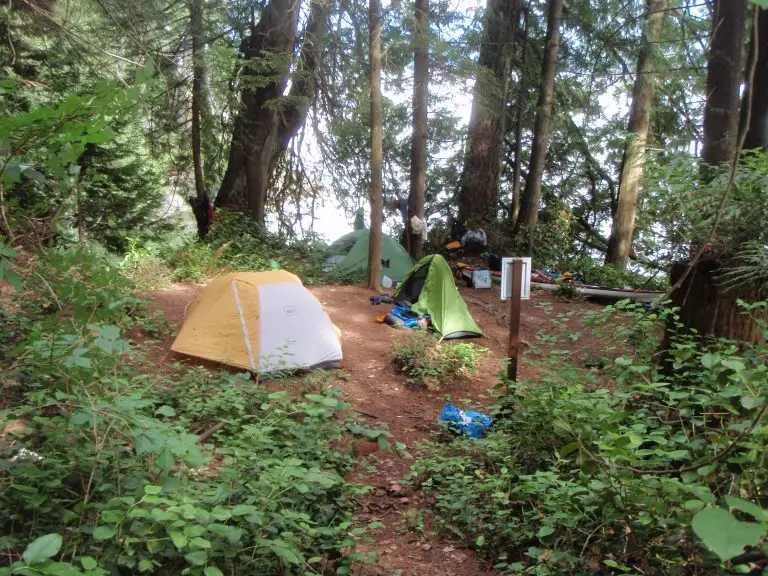
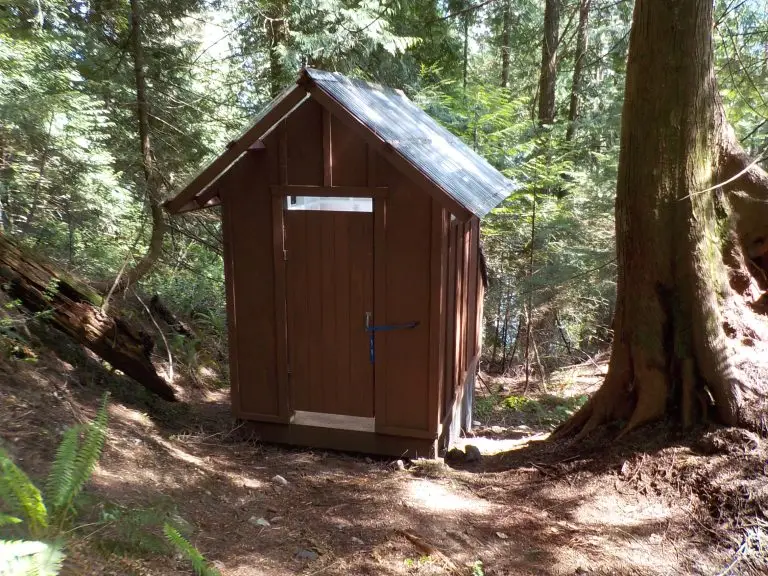
The Bain Creek Recreation Site is six kilometers north of Port Mellon on the west side of Howe Sound. The best landing is a cleared boat run at the creek mouth at the north end of the site, with a log kayak rack in the forest just above, and a log bridge over the creek. The creek is a good water source for most of the year, although it will run dry in a prolonged drought. Across the creek is a level clearing with a picnic table, two aluminum bear-proof food caches and room for four tents. A trail leads up the hill to five levelled tent sites in the forest above, a composting toilet, and a rock bluff with spectacular views.
- txwnaḿ Chá7elkwnech – Thornbrough Channel Provincial Recreation Site
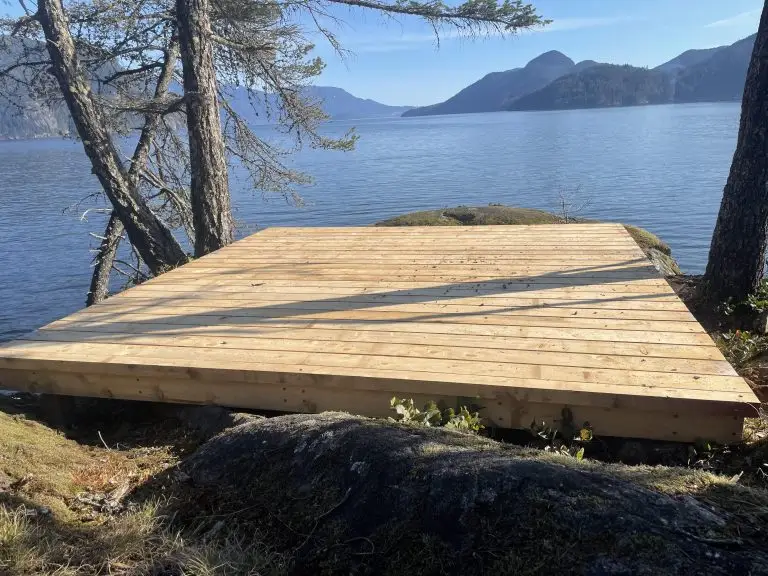
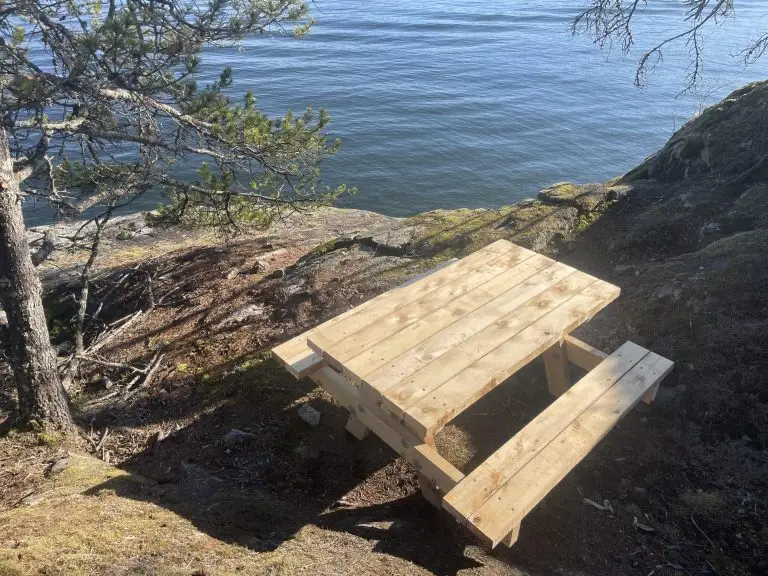
Five kilometers north of Bain Creek along the west side of Howe Sound is the south-facing Thornbrough Channel Recreation Site. A cleared boat runs through the rocky beach to a trail through the forest. There is an aluminum bear-proof food cache just below the trail and two levelled tent pads just above the trail. Past the second tent pad, a side trail switchbacks up the steep hillside to a composting toilet. Back on the main trail, there is a second food cache just before a log bridge over a small creek. Again, the creek is a good water source for most of the year, although it will run dry in a prolonged drought. Past the creek, another side trail leads off to the left and emerges on an open rock slope, with three tent platforms and a picnic table scattered among the rocks and trees. The main trail carries on up the steep hillside, coming out on a high rock bluff, with one tent platform,
- Xwáŵchayay – Porteau Cove Provincial Park
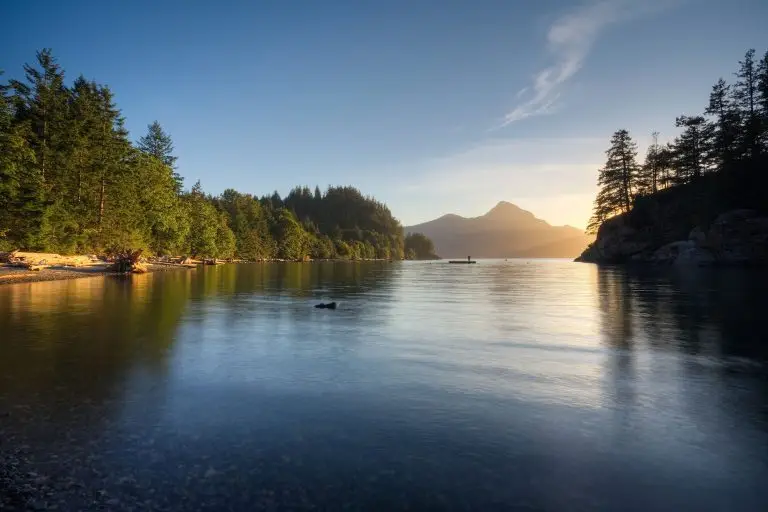
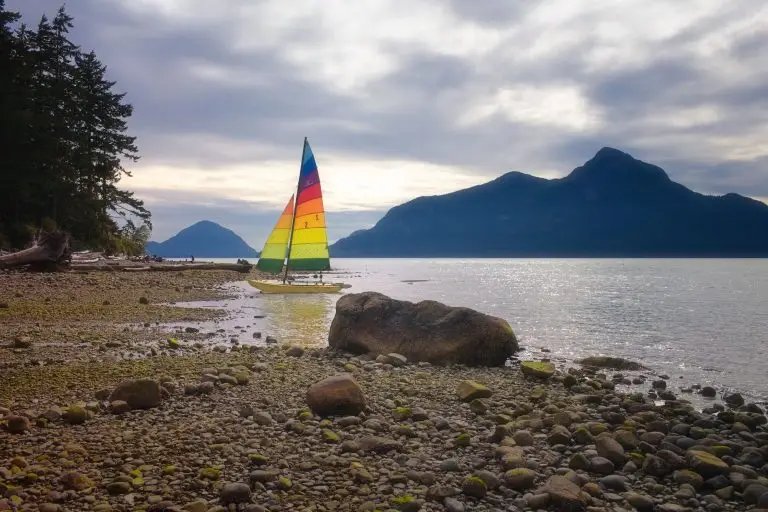
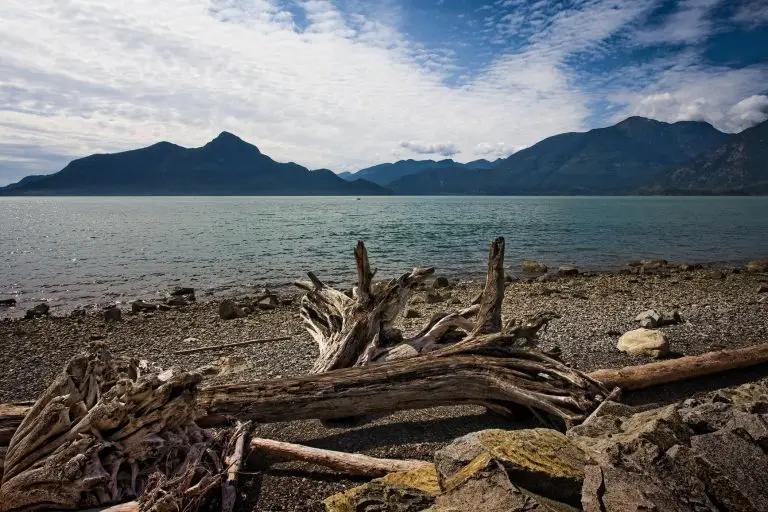
Porteau Cove serves two functions. First, it is a campground with forty-four drive-in campsites, popular with car campers and RVs, sixteen walk-in tent sites, two luxurious Olympic Legacy Cabins available for rent, toilets, showers and fire pits. All campsites and cabins are reservable, be sure to book well in advance. Second, it is a major boat launch for powerboats and paddle craft, the main launch site for getting to many of the STSMT campsites. There are two concrete launch ramps or, if you prefer, you can launch paddle craft from beaches on either side of the ramps. The boat launches are very popular on Summer weekends, so get there early to be sure of a parking space. If you will be parking overnight, just register your car with the campground office.
- Lhemlhemḵwús – Islet View Provincial Recreation Site
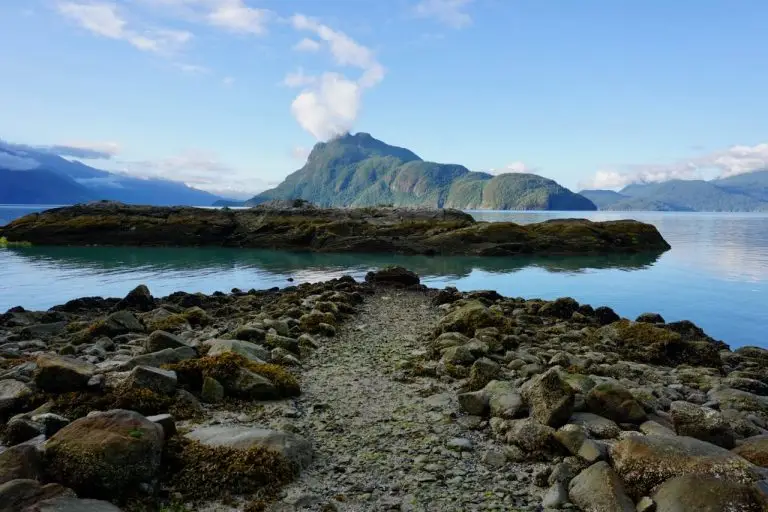
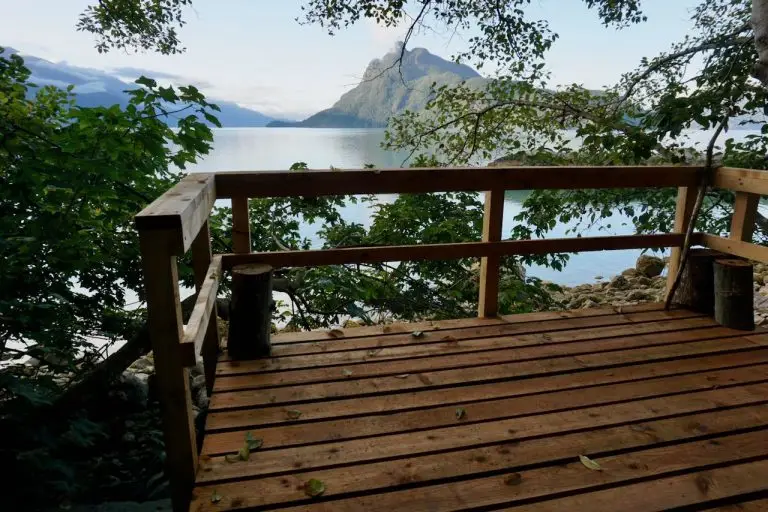
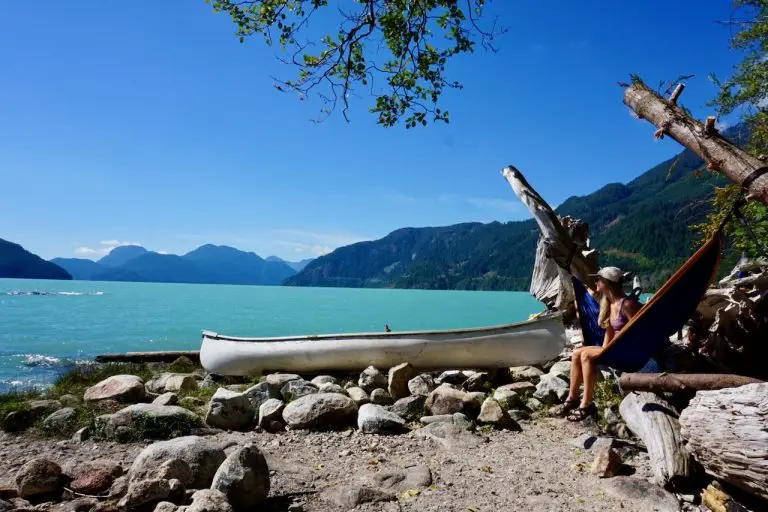
Four kilometers north of Thornbrough Channel, south-facing Islet View is the closest site to Porteau Cove. Protected by a small rocky islet, a cleared boat run leads through a shallow boulder beach to a clearing with a picnic table, two aluminum food caches, and room for five tents. The view is amazing with the rocky islet in the foreground and steep Anvil Island beyond. A trail follows the shore to a tent platform above the trail, and another cantilevered over the water. Another trail leads up the hillside to a composting toilet in one direction, and two tent sites on a high bench in the other. One of the beautiful things about Islet View is that it is crosswind from Porteau Cove whether winds are inflow or outflow, just a four-kilometer crossing of Howe Sound and another kilometer along the shore.
- Ts’itpsm – Zorro Bay Provincial Recreation Site
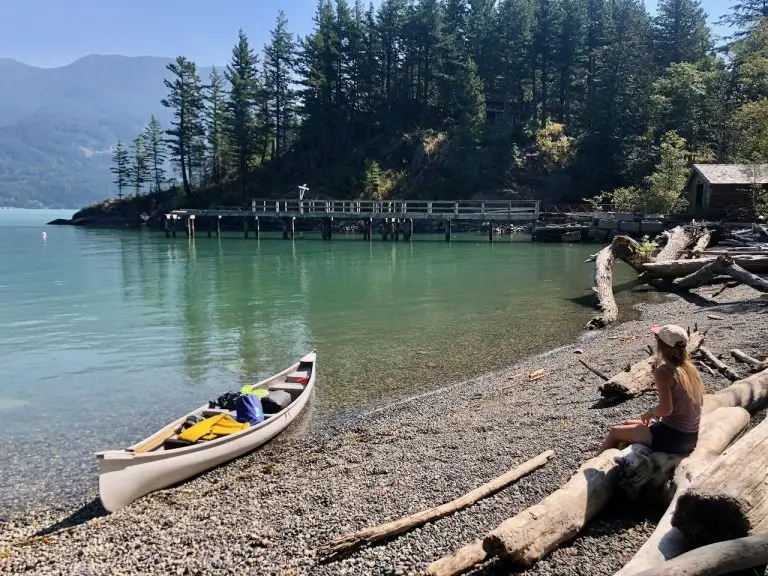
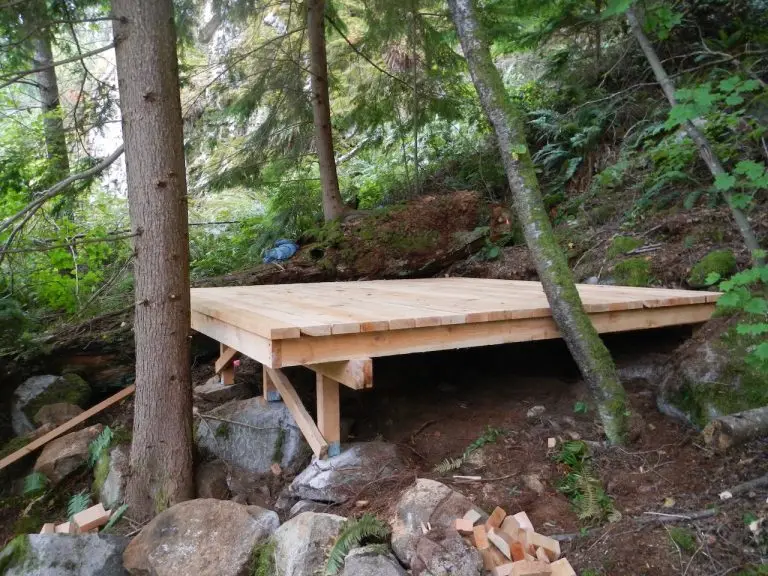
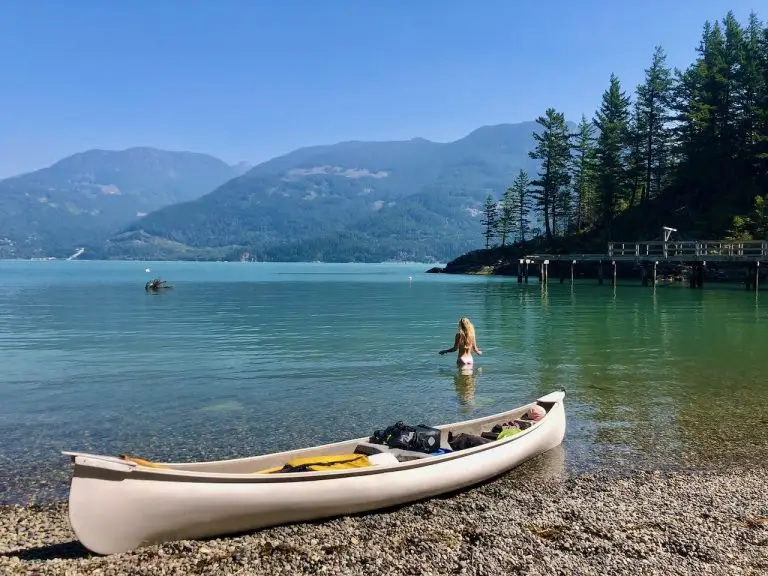
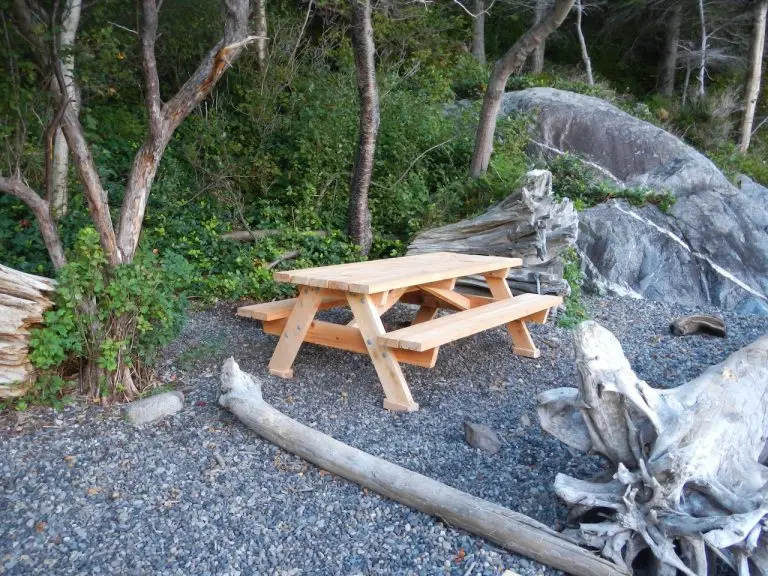
Four kilometers farther north is Zorro Bay, on the north side of a small rocky headland. Zorro Bay has the best natural beach of the six Recreation Sites. Because of its nice beach and proximity to Squamish, Zorro Bay sees more powerboat use than any of other five sites. Because of its popularity, Zorro Bay also has the most tent sites. At the top of the beach are two picnic tables, two aluminum food caches and a short trail up the hill. A side trail leads to a spectacular tent platform dubbed “The Condo.” At the top of the main trail is a benchland with a composting toilet, several tent sites, and two more tent platforms.
Back down at the waterfront, at the north end of the beach a trail leads past another tent platform, along the north shore of the bay, up a wooden stair, to a little benchland with two tent platforms and great views.
Zorro Bay also has neighbours, a group of cabins to the south, so please respect the Private Property sign on the beach.
- Sxwan’shnm – Tantalus Landing Provincial Recreation Site
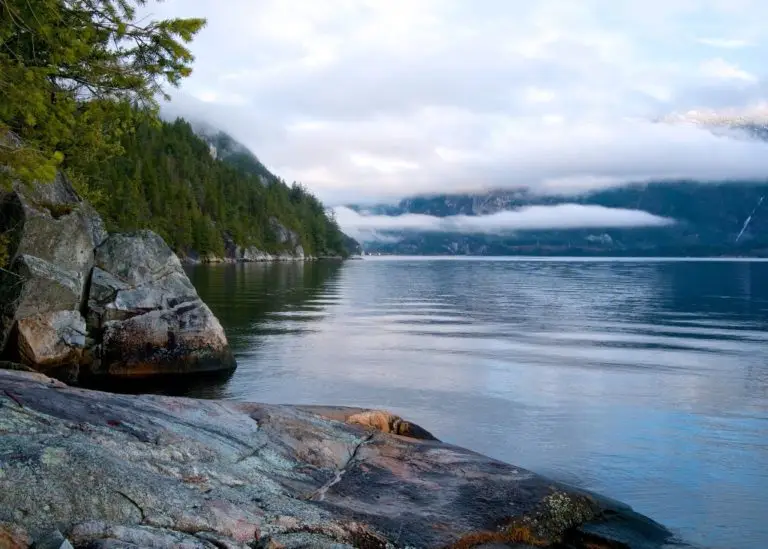
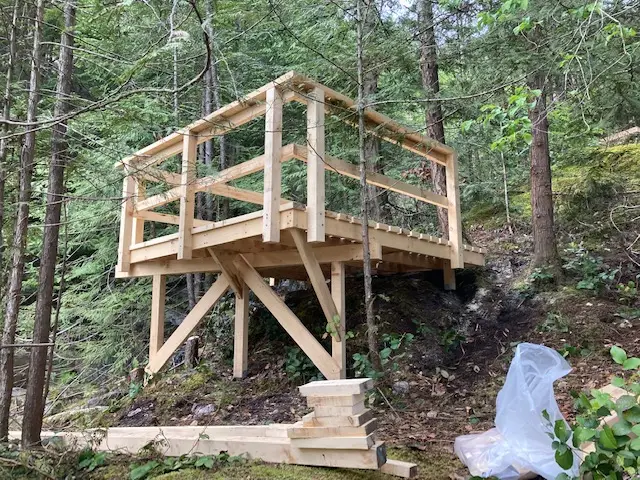
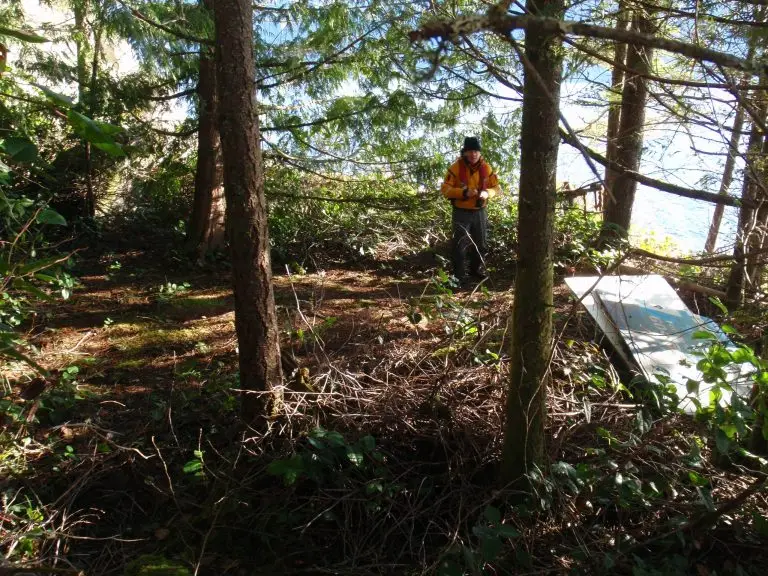
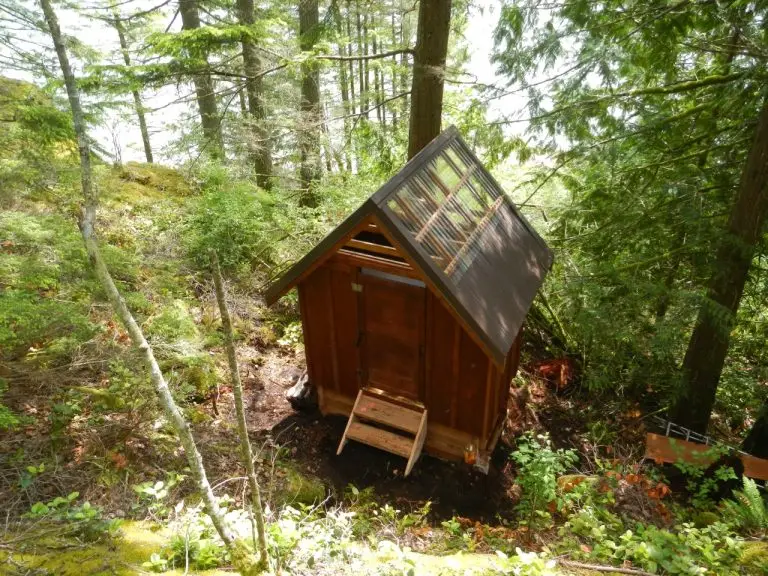
Tantalus Landing is the northernmost campsite, ten kilometers up the coast from Zorro Bay, but only four-and-a-half kilometers from the Squamish waterfront. A rock face forms the south end of the site, with a boat run, good for all but the highest tides, leading through a field of large boulders at its base. A trail leads across the hill, past an aluminum food cache, and along a log bridge across a magical year-round creek. This is the largest creek at any of the campsites, and it tumbles its way down the mountainside from waterfall to waterfall, from pool to pool. Just past the creek and a few steps down is a patch of sea grass that provides a soft landing at the highest tides. The trail ends at a level clearing with another aluminum food cache and room for three or for tents. At the centre of the clearing, the concrete base for an old logging winch now forms the base for a massive communal table. Next to the clearing is a rocky point that catches the afternoon sun and that’s a natural spot for an evening fire. At the far end of the clearing, rock steps lead up small steep bank to a one tent site dubbed “the Penthouse” has a fabulous view south down the Sound.
East of the creek and before the clearing, a side trail leads up the hill past a tent platform just above the main trail. Farther up, one direction leads to the composting toilet. The other direction leads up the creek, where two tent platforms are perched right on the side of the creek, and you fall asleep to the sound of rushing water close by.
* * *
Do you like things big? Everything about Howe Sound is big: big mountainsides plunging into the water, and big conditions. If that appeals to you, and you have the judgement and paddling skills for Howe Sound, come check out the Sea to Sky Marine Trail. It won’t disappoint.
As a BCMT member you can access our trip resources page or easily find resources online at Sea Kayak Association of BC.
Hazards & Risks
The British Columbia coastline is an inherently dangerous location, and marine trail users assume the risk of navigating the BC coast. The BC Marine Trails Network has pinpointed some key locations where risks are increased due to pre-existing known conditions or possibility of risk. However, marine trail users are cautioned that risk can occur at any time at any location, and proper equipment, clothing, rescue gear, preparation and training are recommended to ensure optimal safety. Recurring safety considerations include:
Currents and rips: Conditions will be lessened if not eliminated at slack times, so check the Tides and Currents Tables to find the safest time to cross or transit difficult locations.
Ferry lane crossings: Several busy ferry corridors must be crossed over the course of the Gulf Islands, Salish Sea, or Sea to Sky Marine Trails. Risk can be minimized by monitoring the appropriate Canadian Coast Guard Vessel Traffic Services broadcast channels and by calling in on that same channel to alert traffic to your presence. We strongly recommend calling in for groups crossing ferry lanes or in questionable conditions such as chop, darkness or fog that could make paddlecraft difficult to see.
Shipping lanes: Be sure to know where shipping lanes are located on your charts and monitor Canadian Coast Guard Vessel Traffic Services broadcast channels to track shipping movement.
The STSMT is part of two major trail networks in Canada: the Trans Canada Trail and BC Marine Trails. Officially opened in June 2015, the STSMT was developed to bridge the gap between the Sea-to-Sky Trail’s southern terminus in Squamish and the Trans Canada Trail in West Vancouver. Due to challenging terrain along the eastern side of Howe Sound, which features steep cliffs, a railway, and a highway, creating a land-based connection proved difficult. Additionally, the Howe Sound Crest Trail was deemed too strenuous, making a water route the best alternative.
The project was a collaborative effort involving BC Marine Trails members and the Sea Kayak Association of BC (SKABC), who surveyed sites, cleared trails, and established landing and camping areas. Thanks to the dedicated work of volunteers, all recreational sites along the route have been equipped with composting toilets. Apodaca Provincial Park, now part of the STSMT and the Salish Sea Marine Trail, features four tent platforms and a composting toilet, enhancing the experience for paddlers and outdoor enthusiasts.
In the spring and fall of 2024, new tent platforms, tables, and bear caches were installed jointly between BCMT, SKABC, and RSTBC at multiple sites along the trail.
